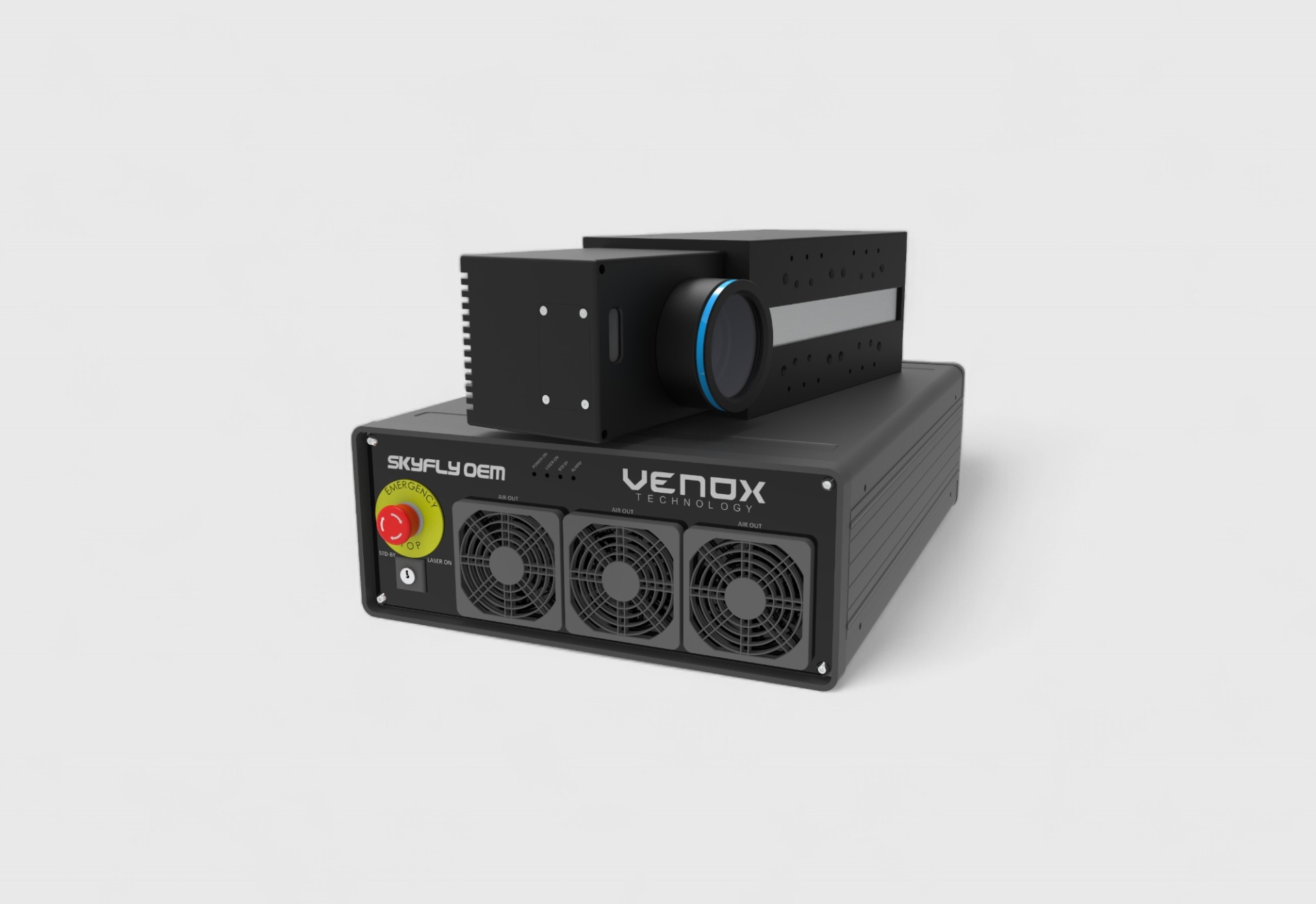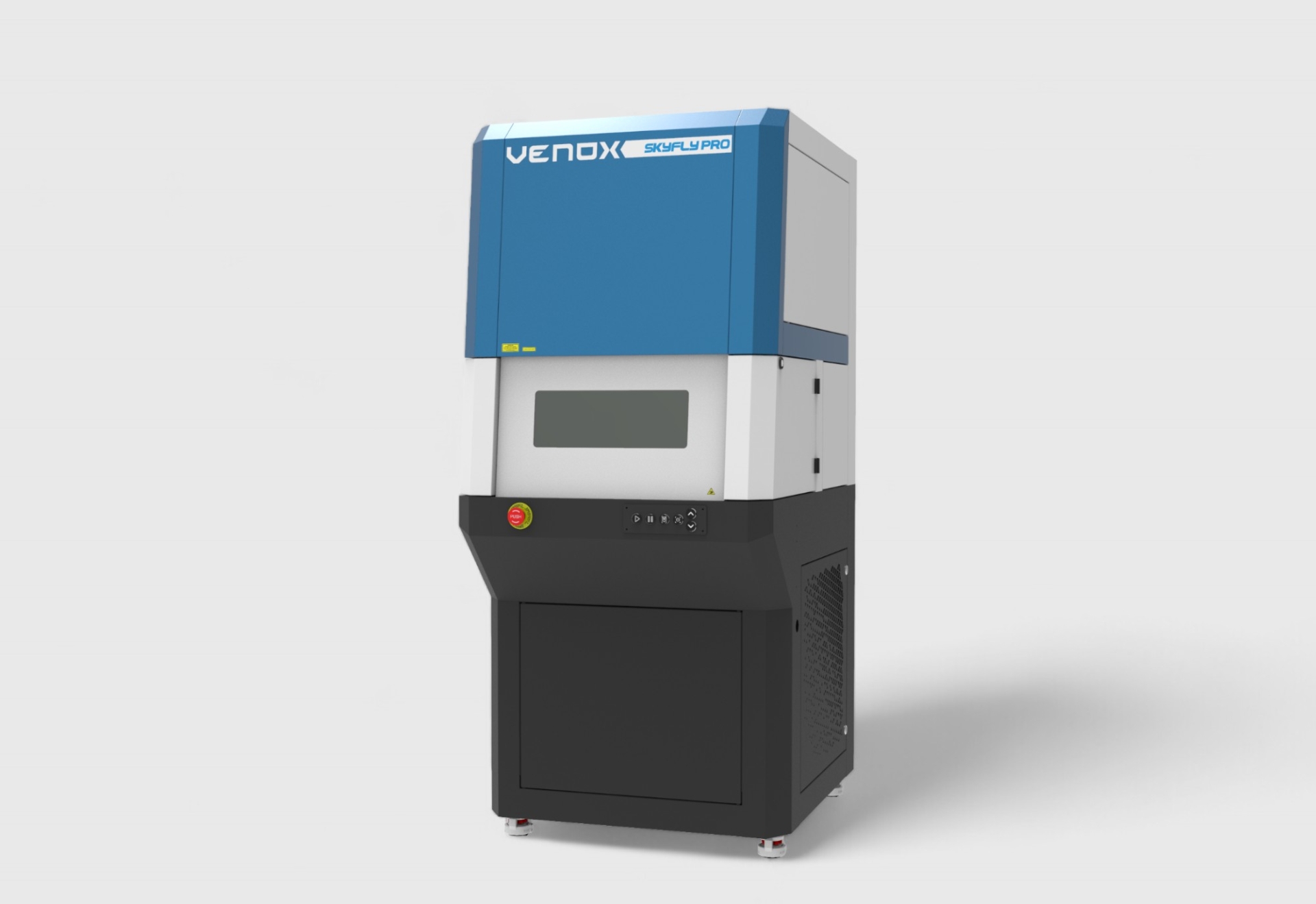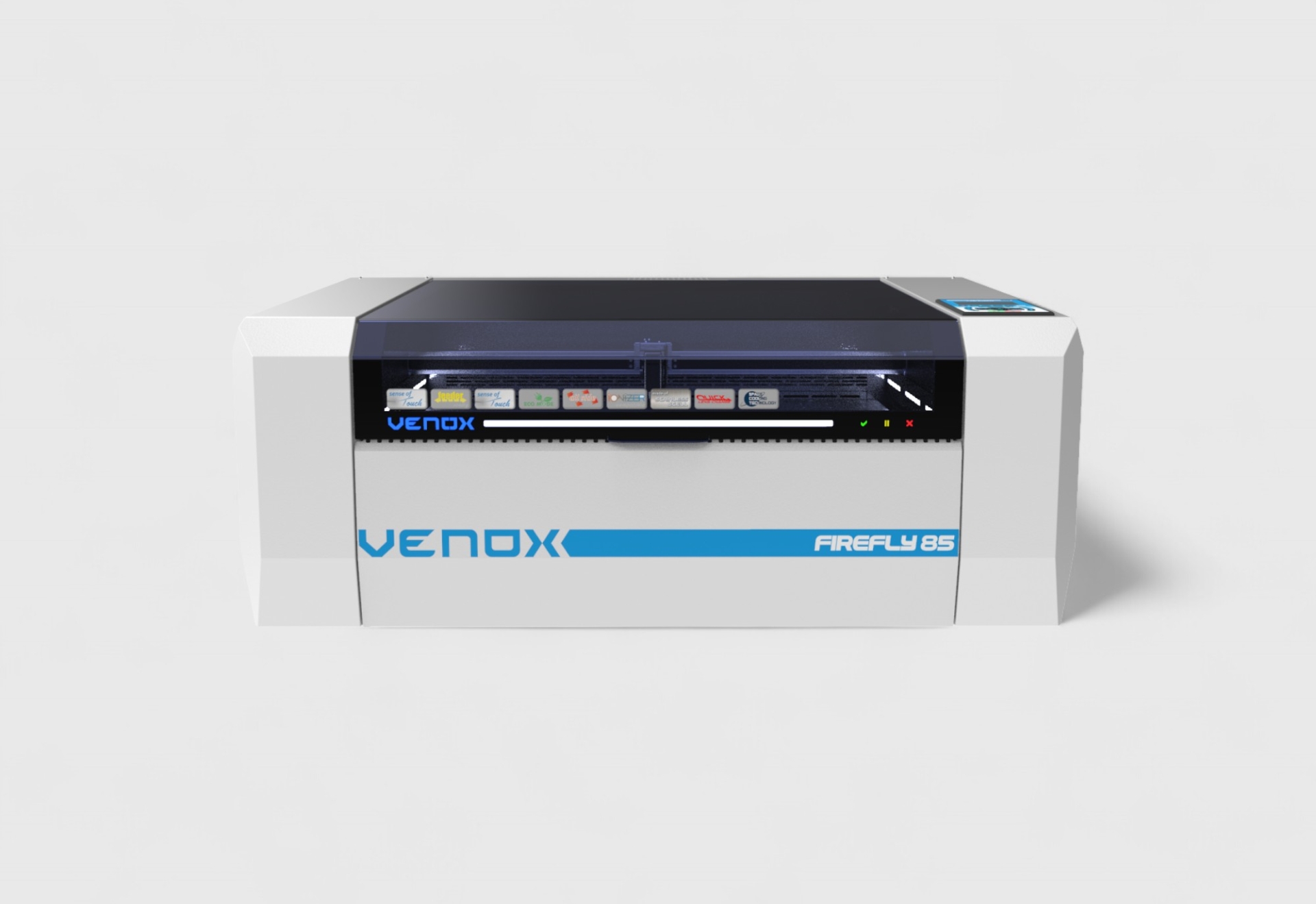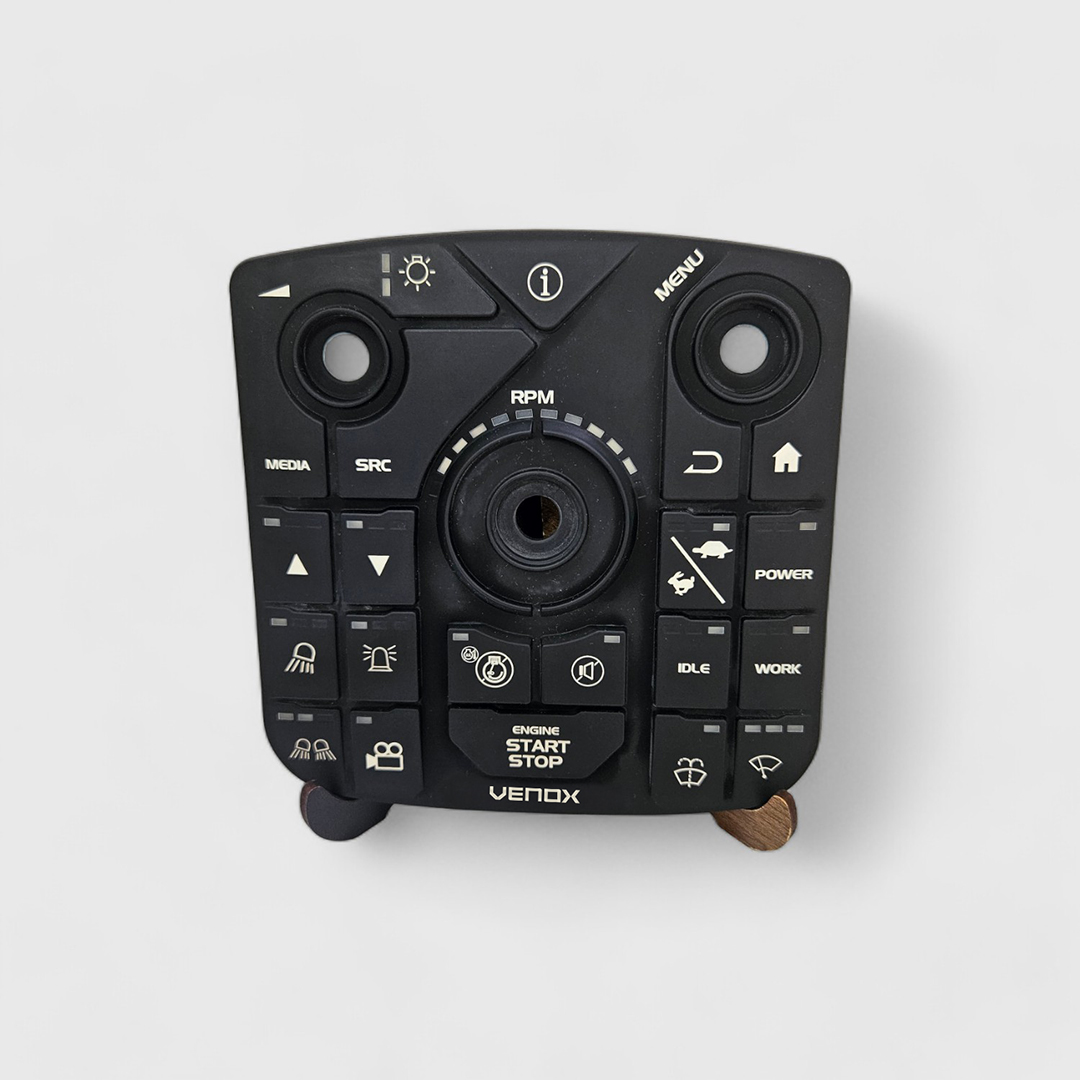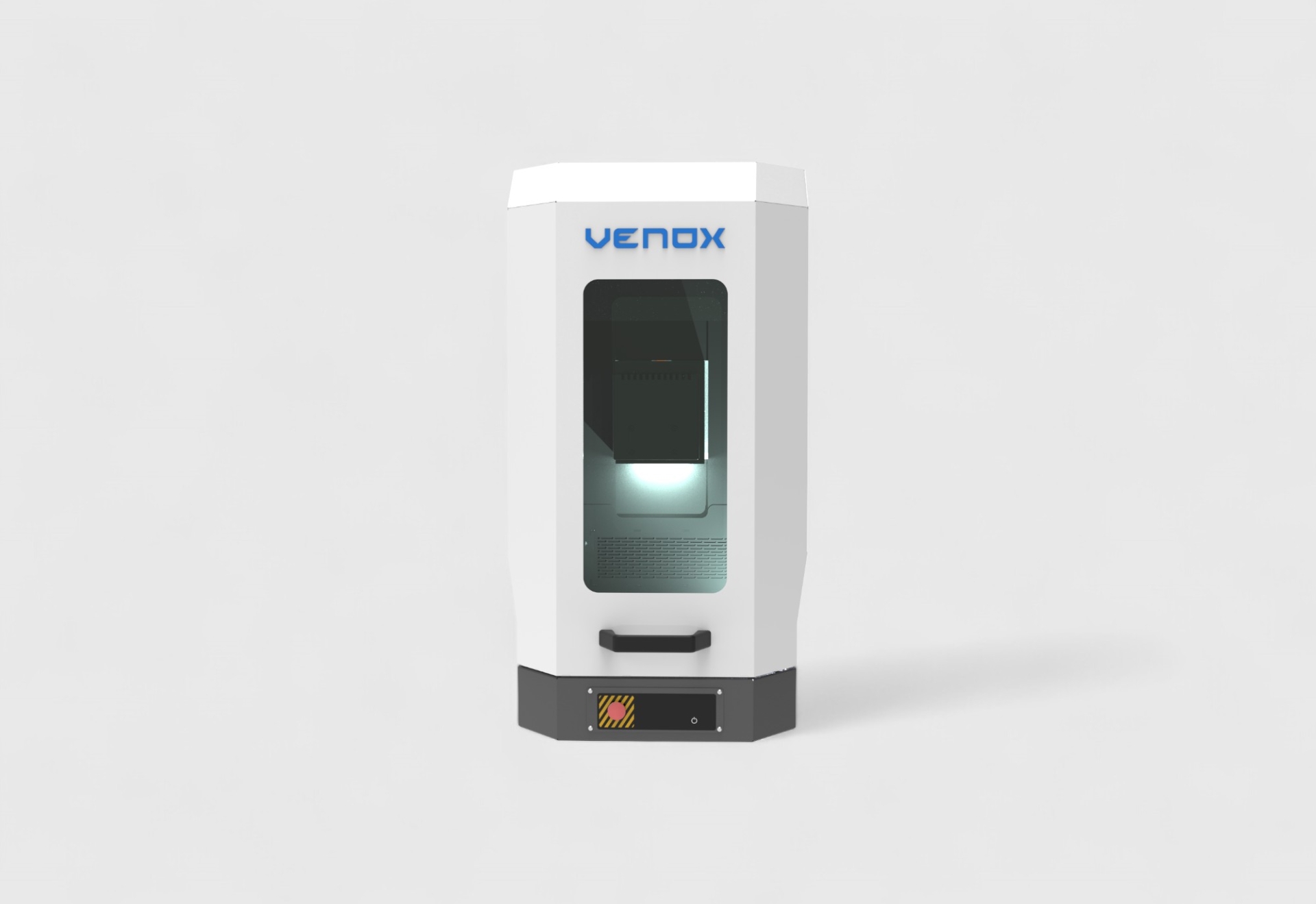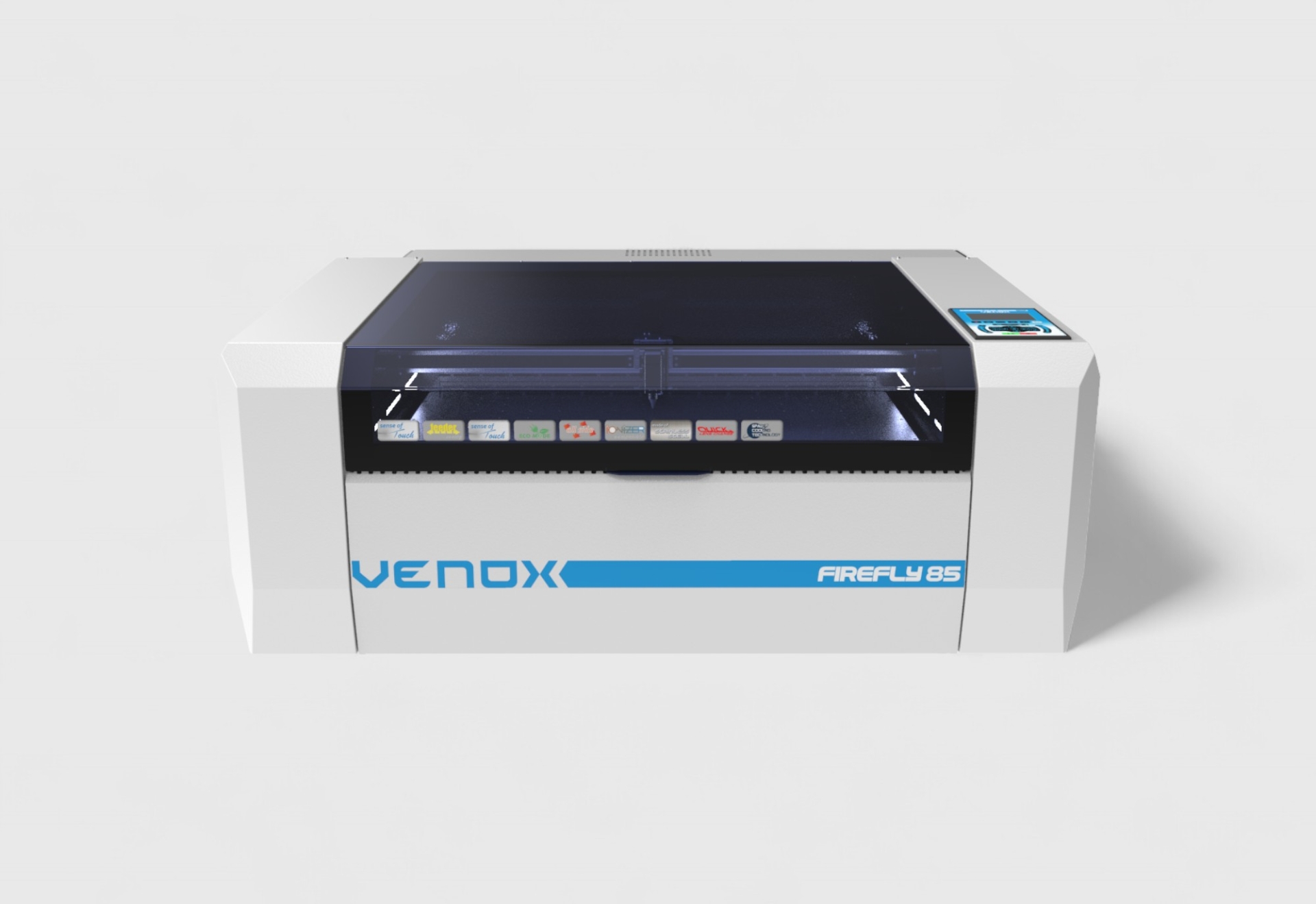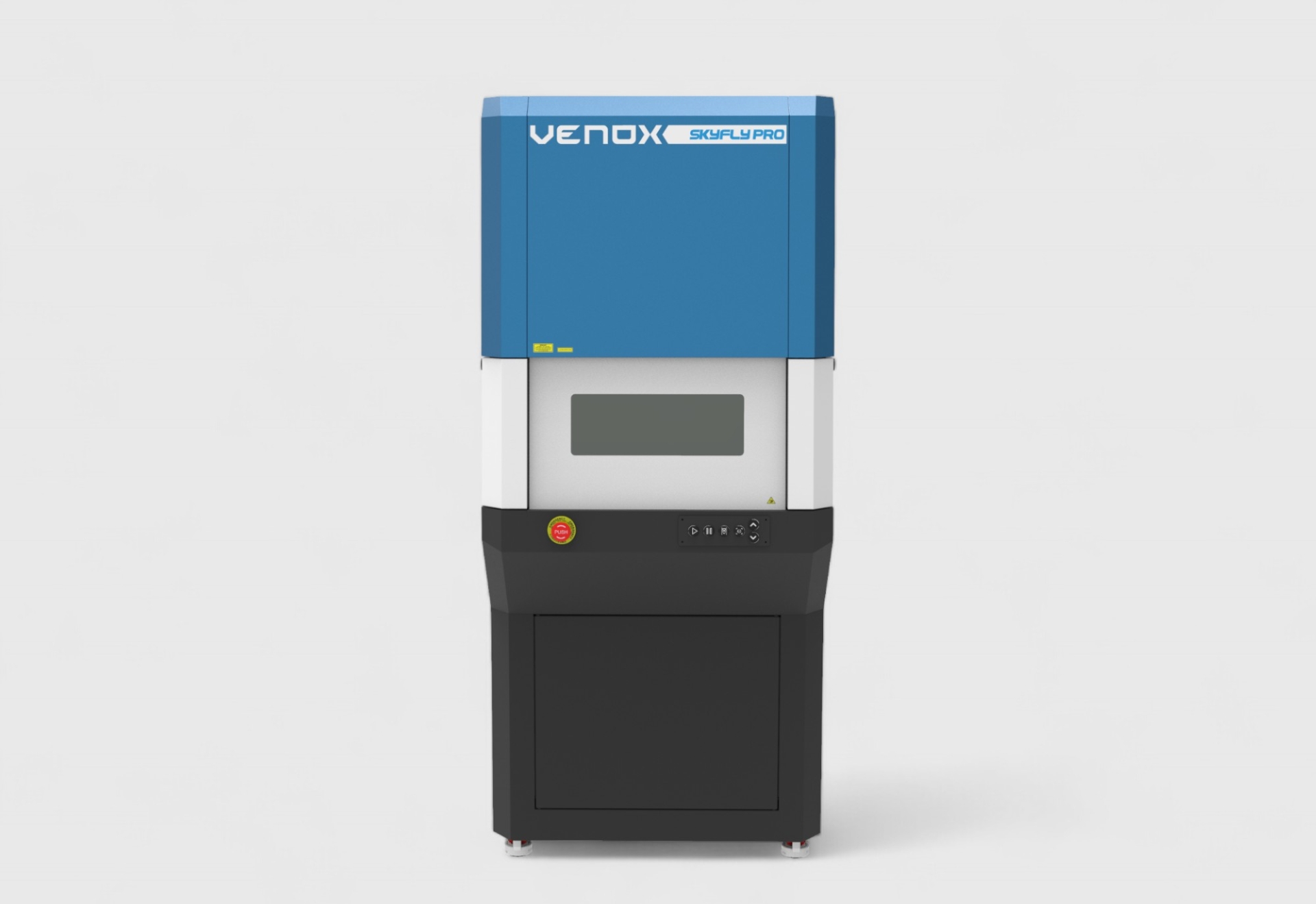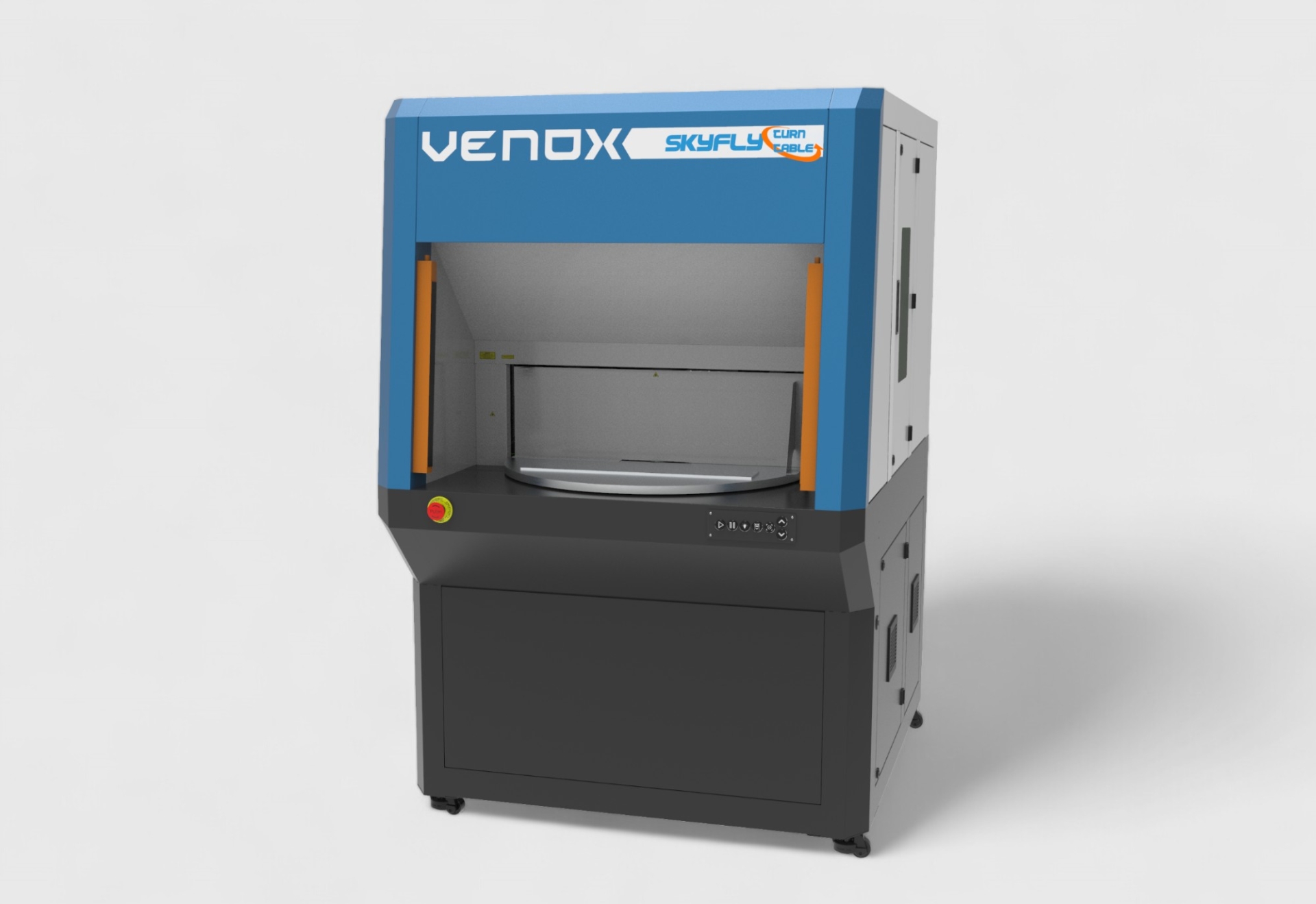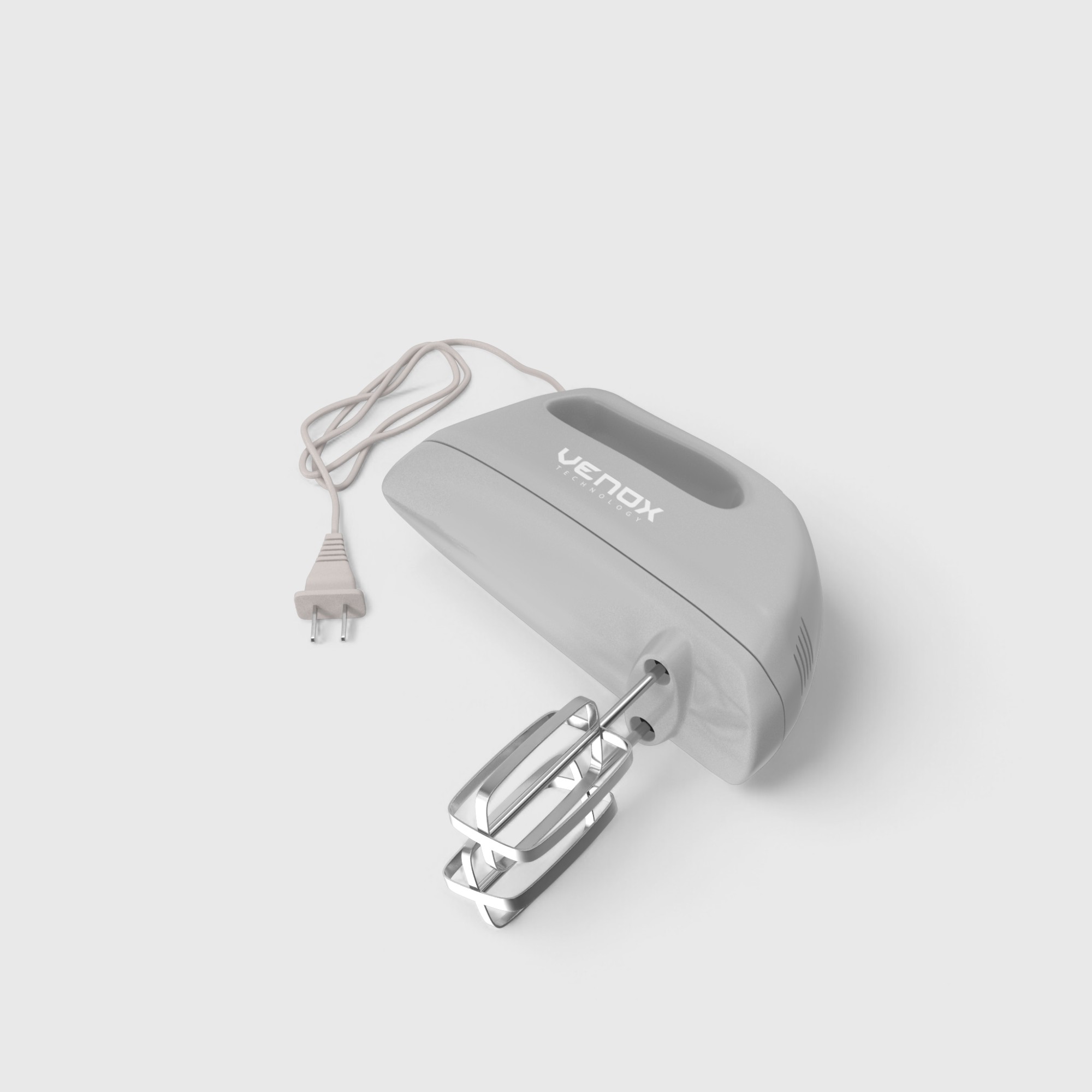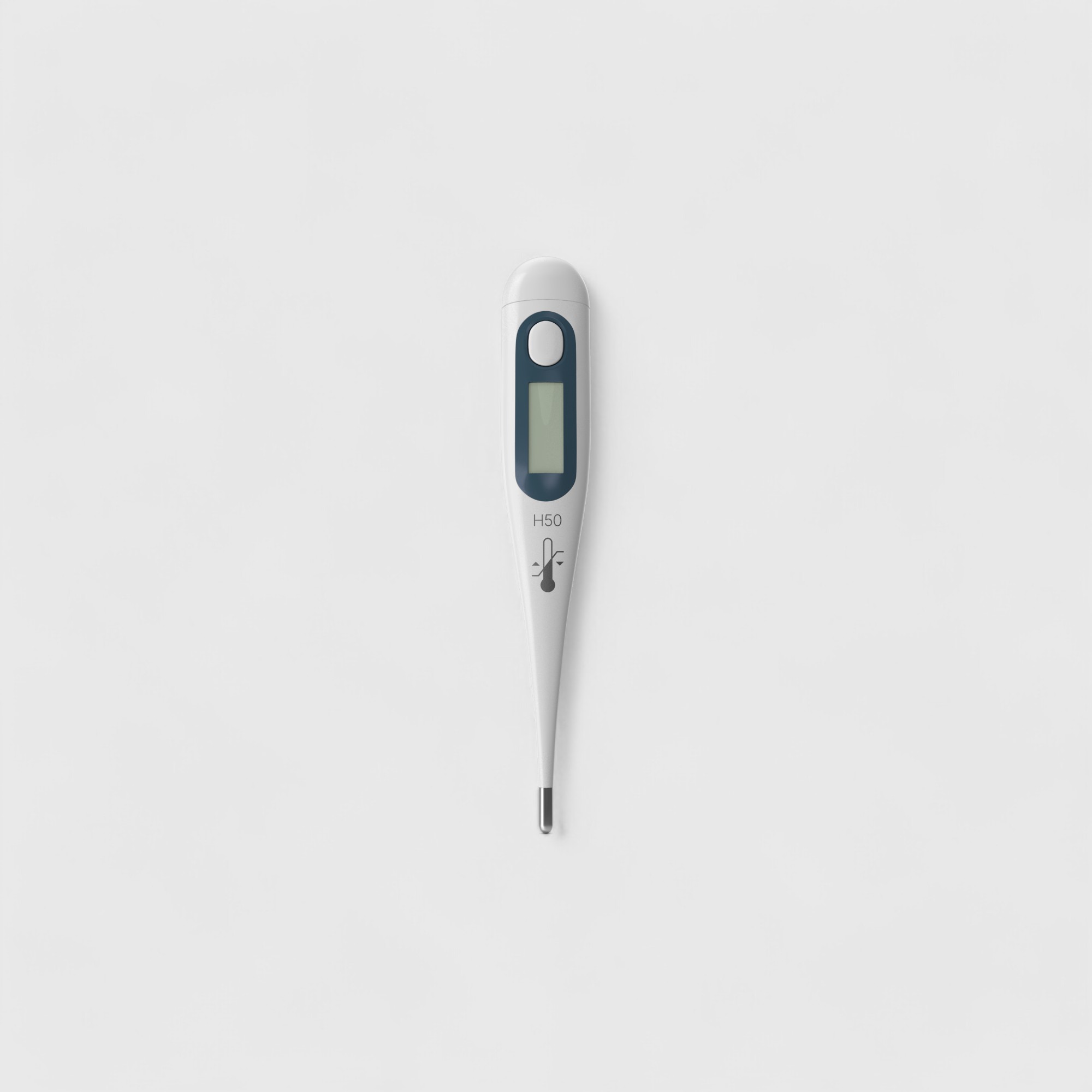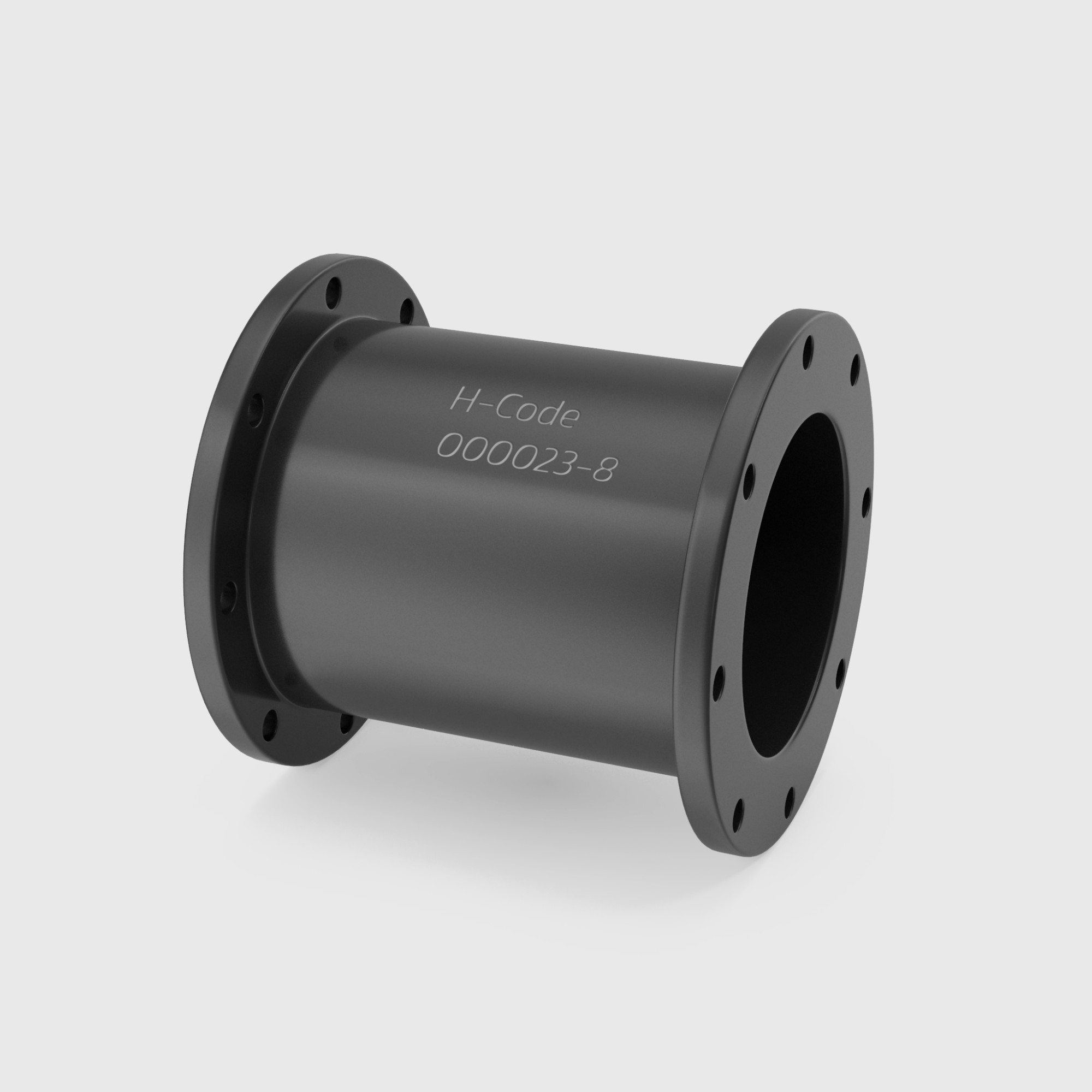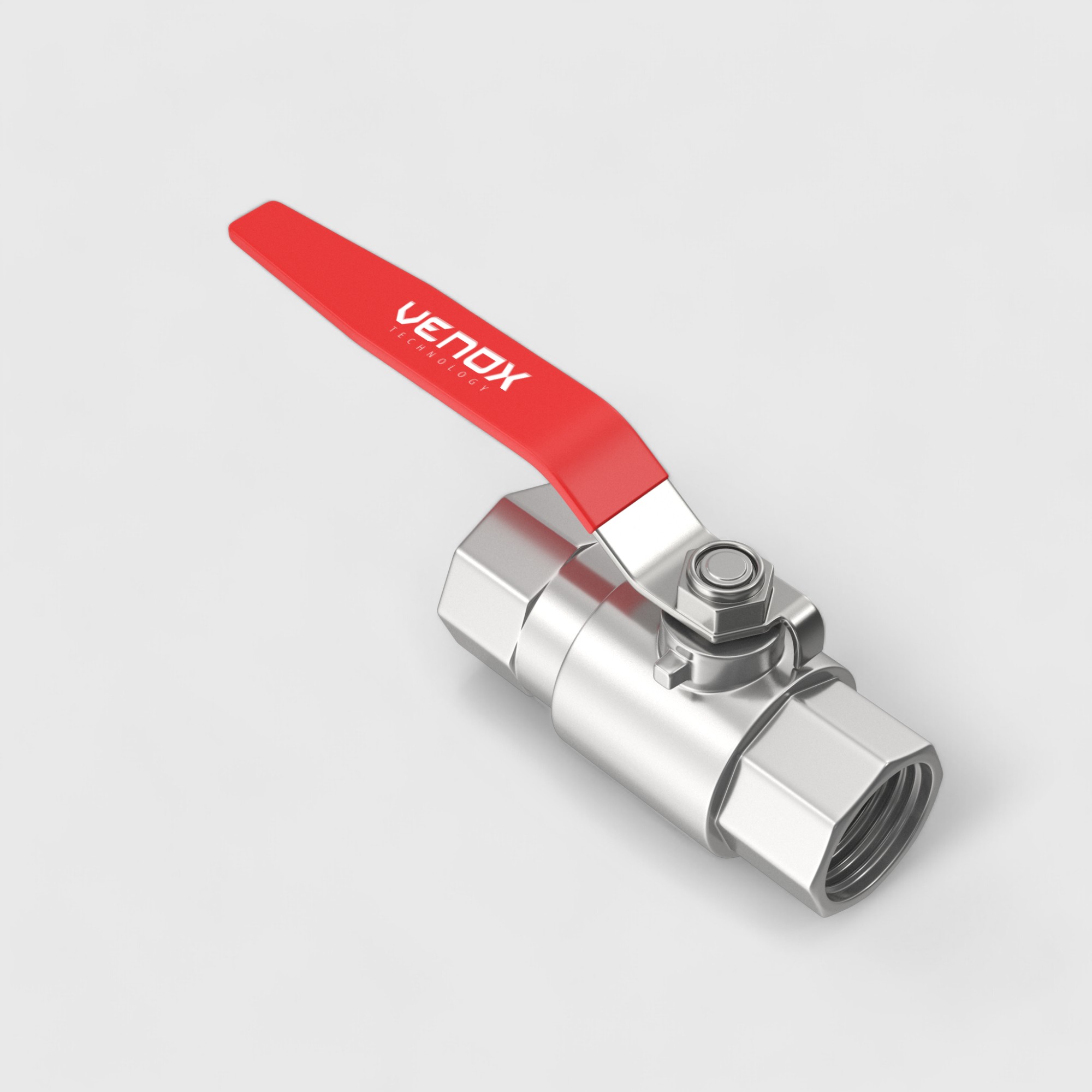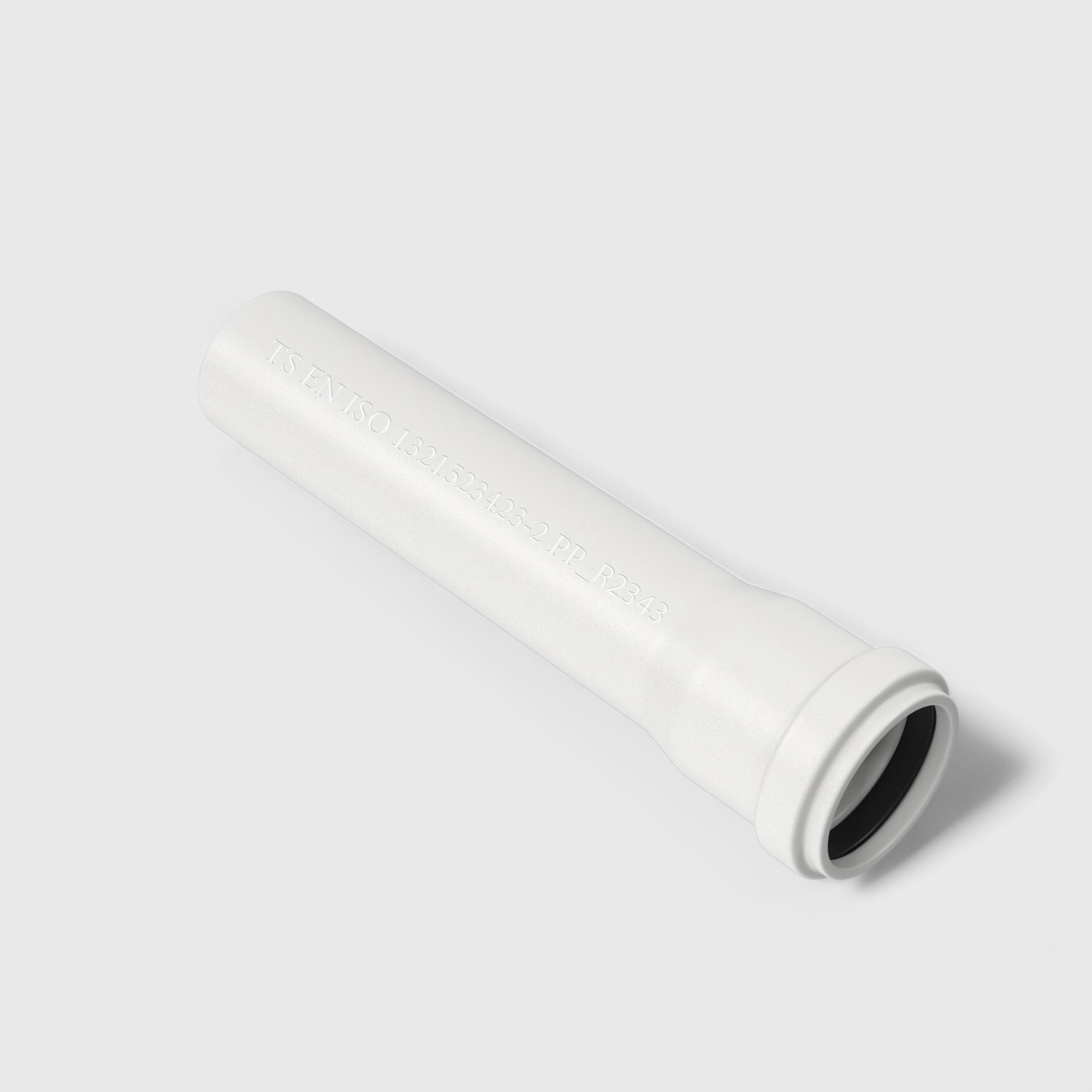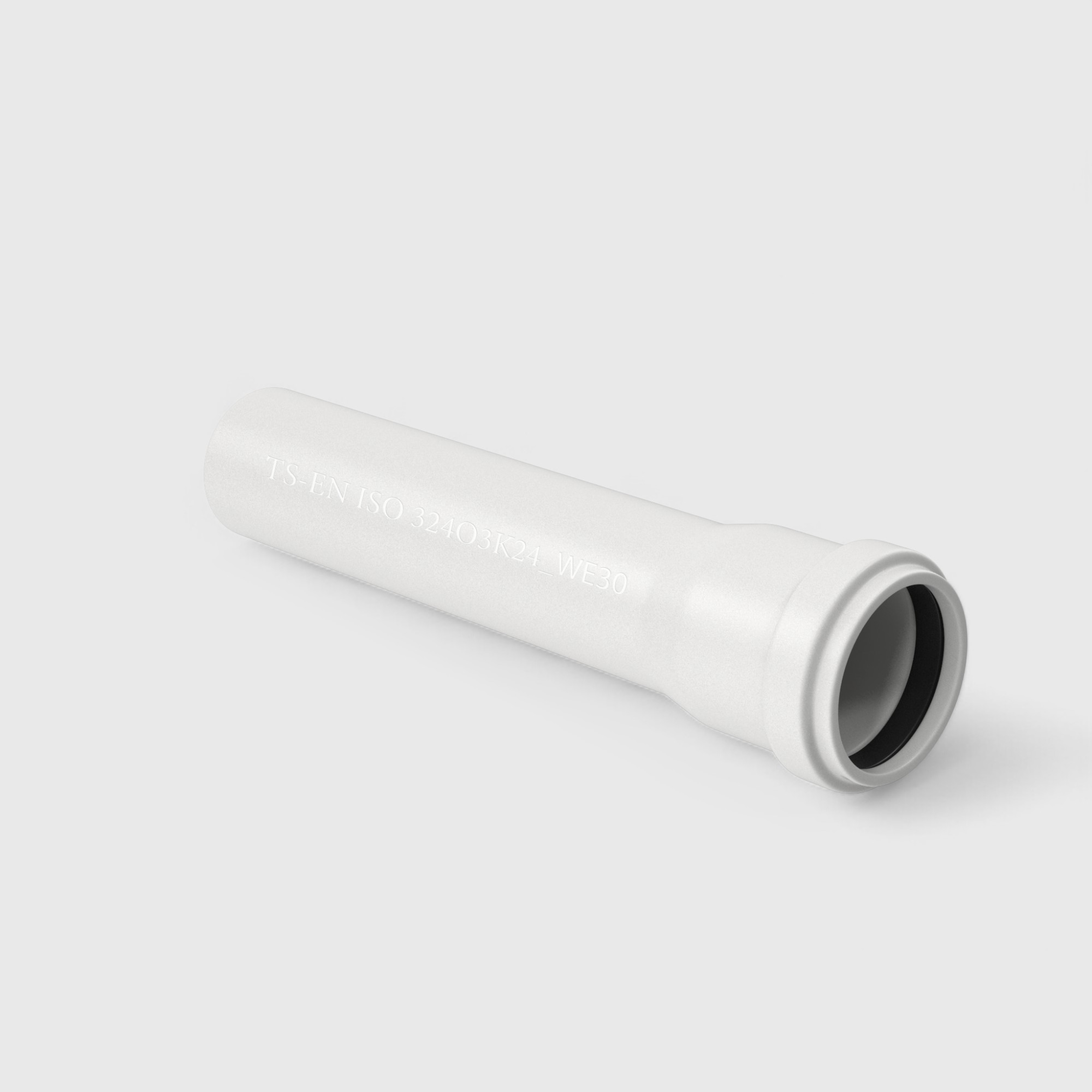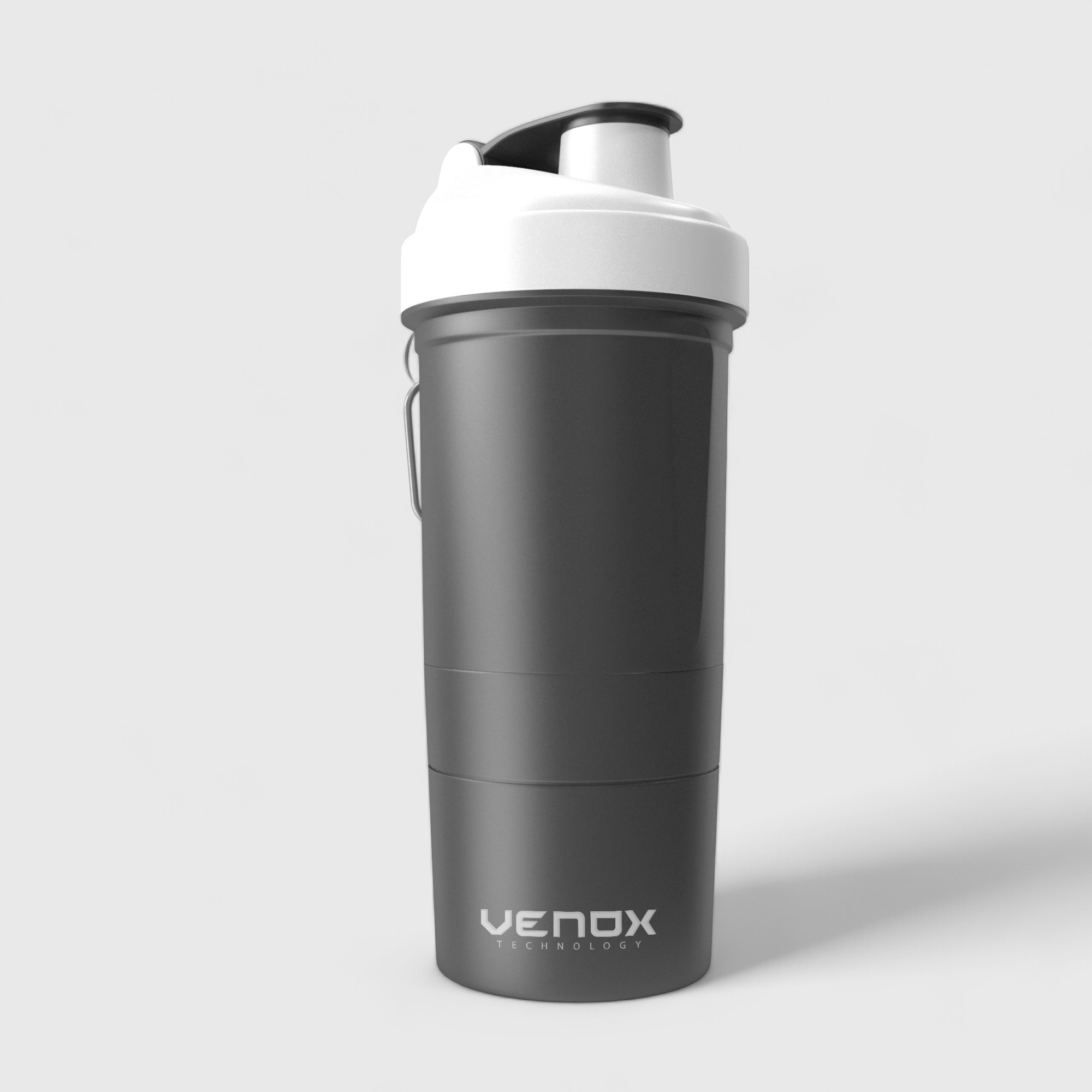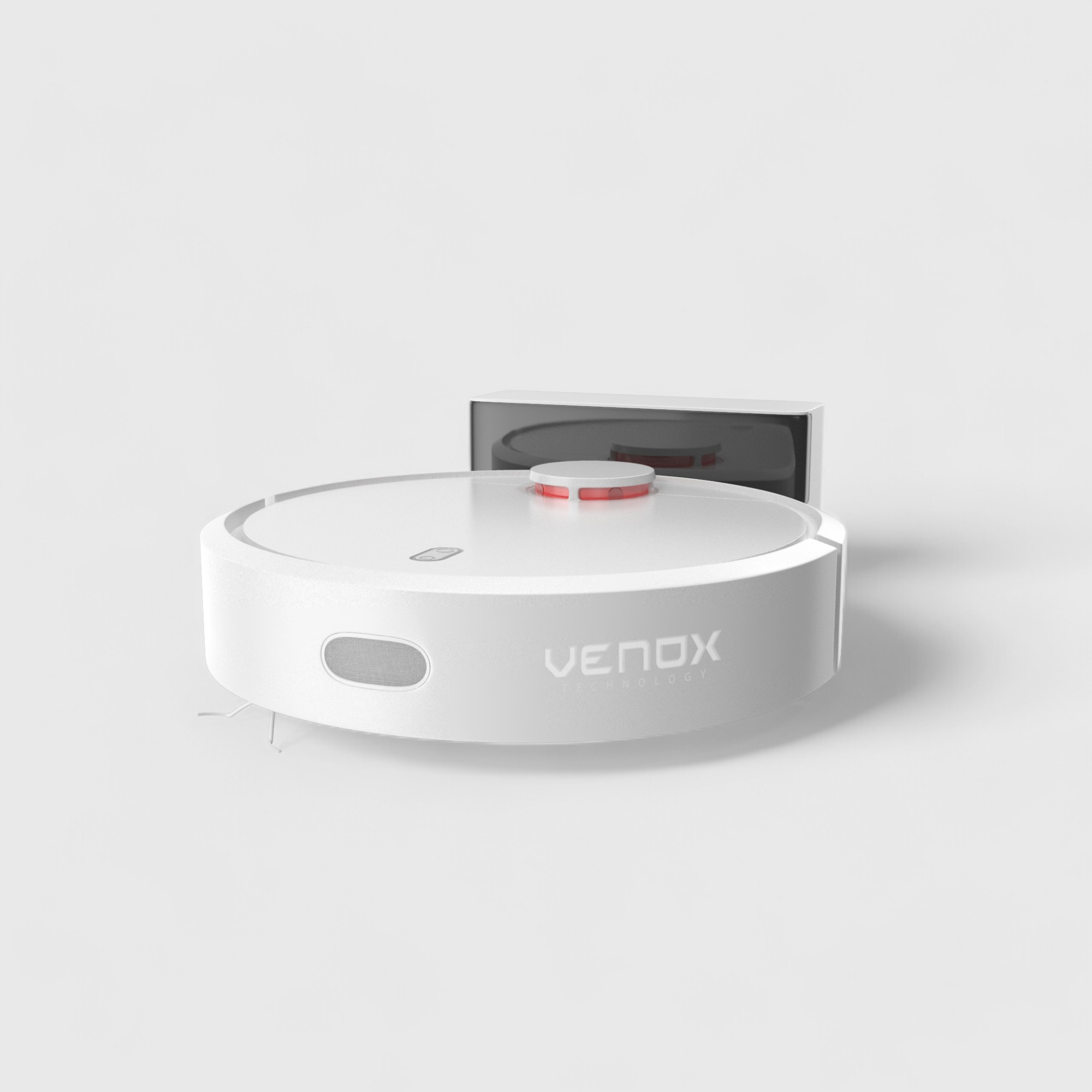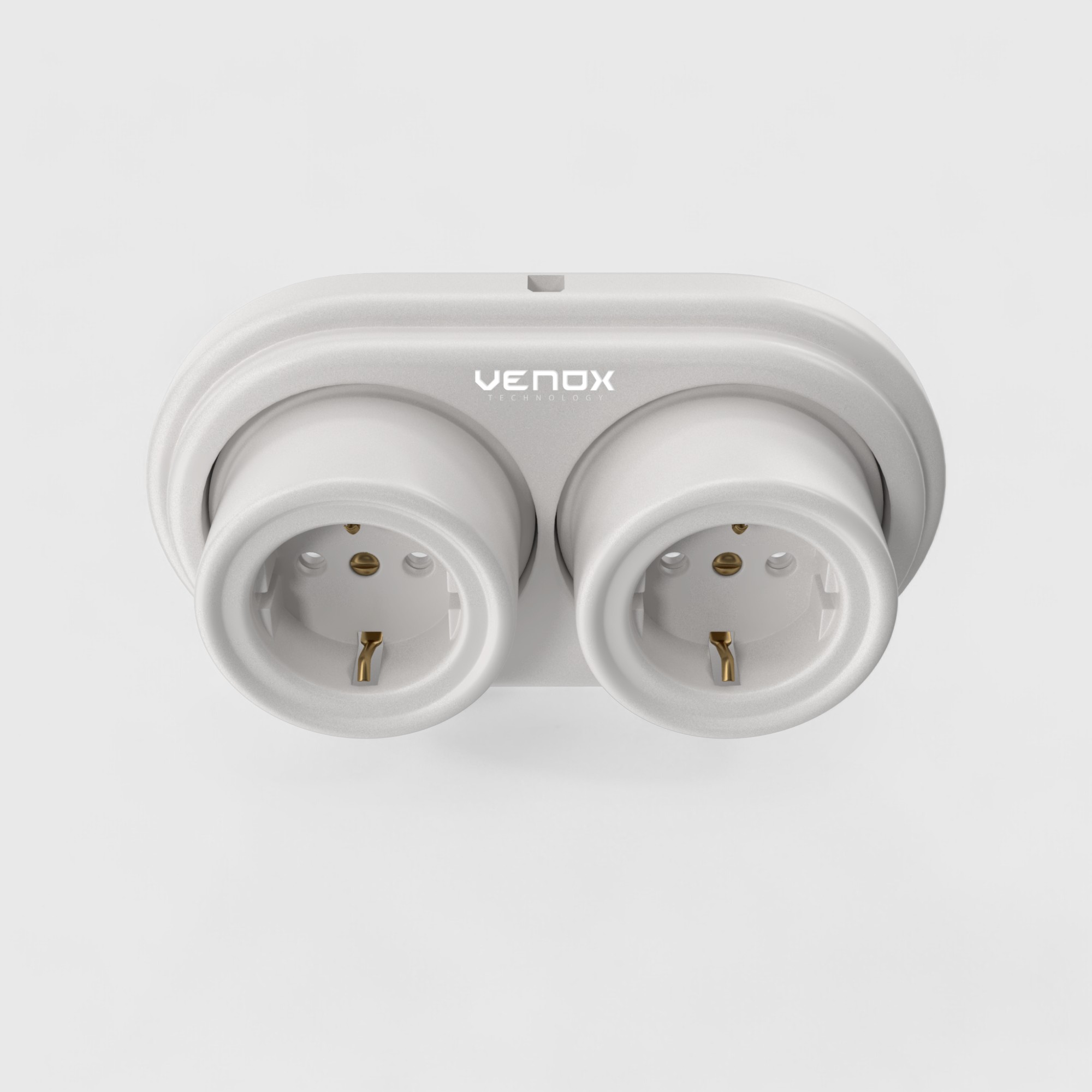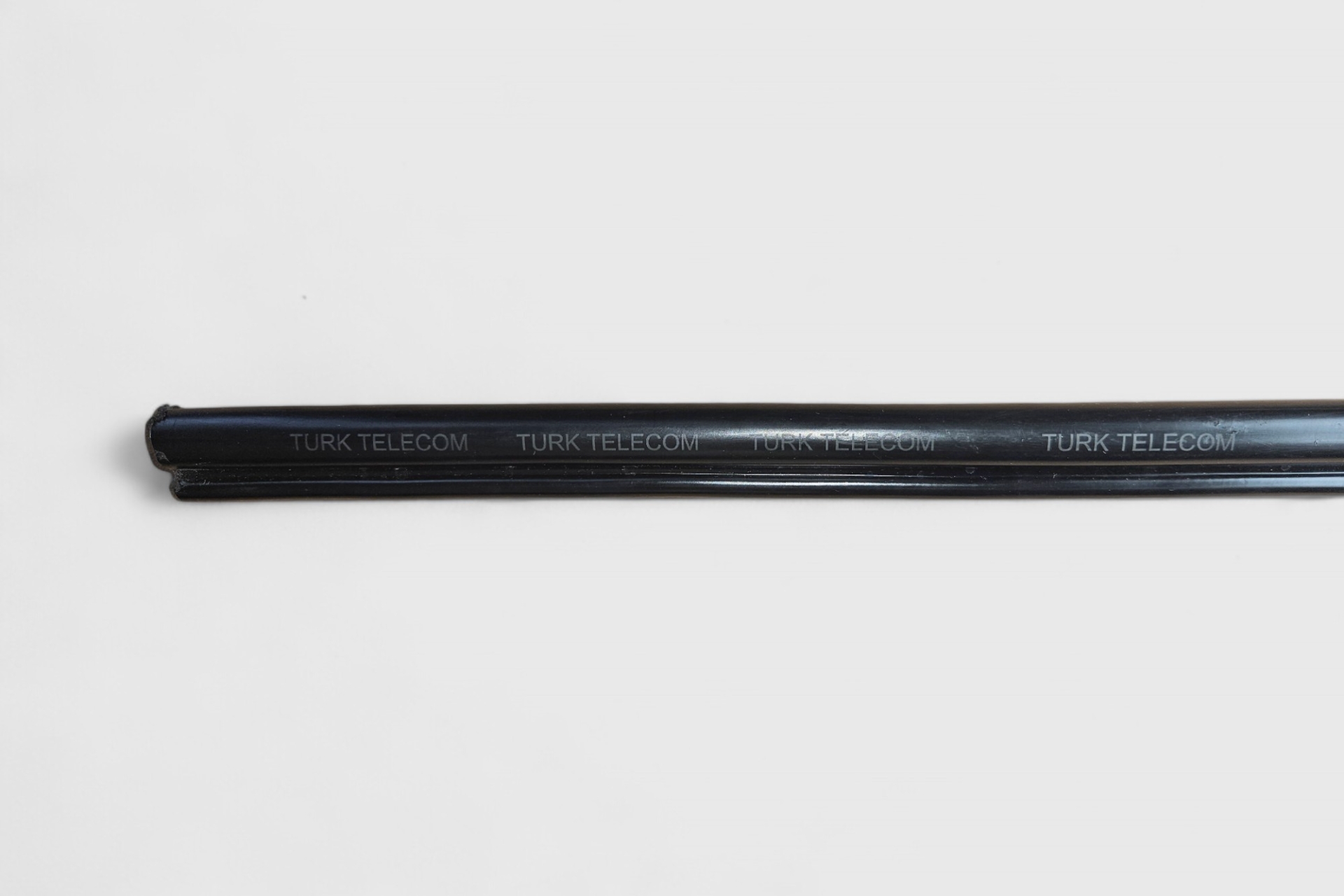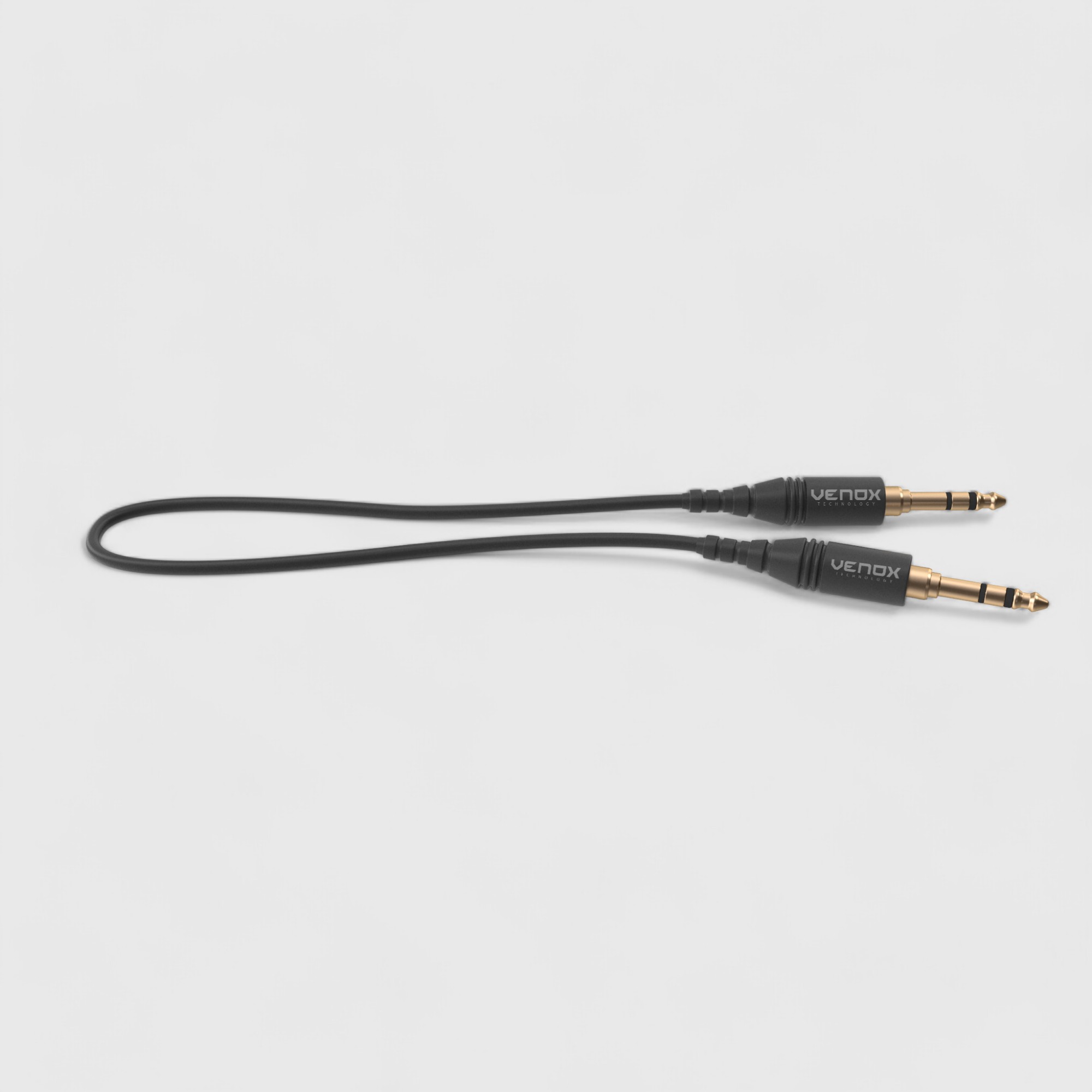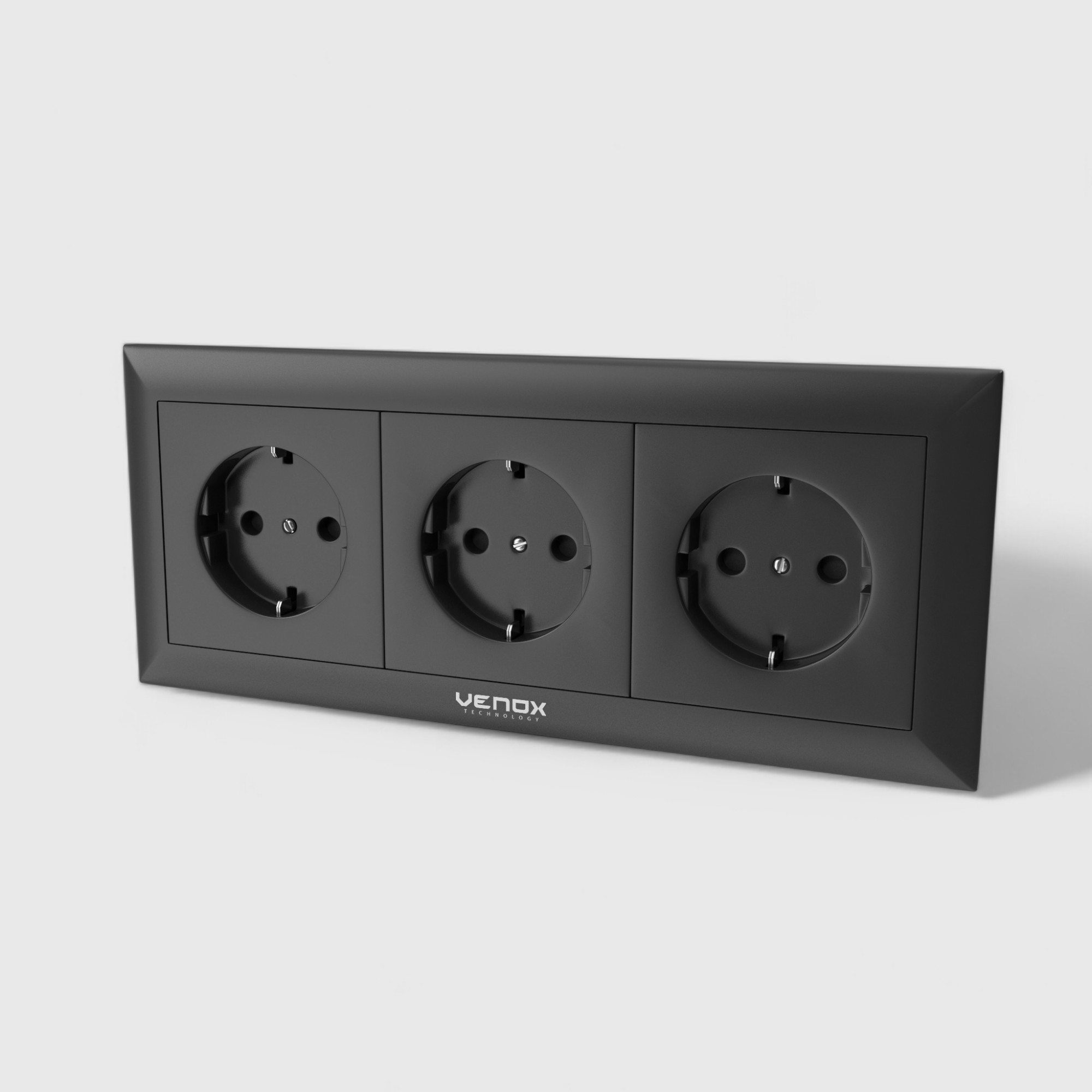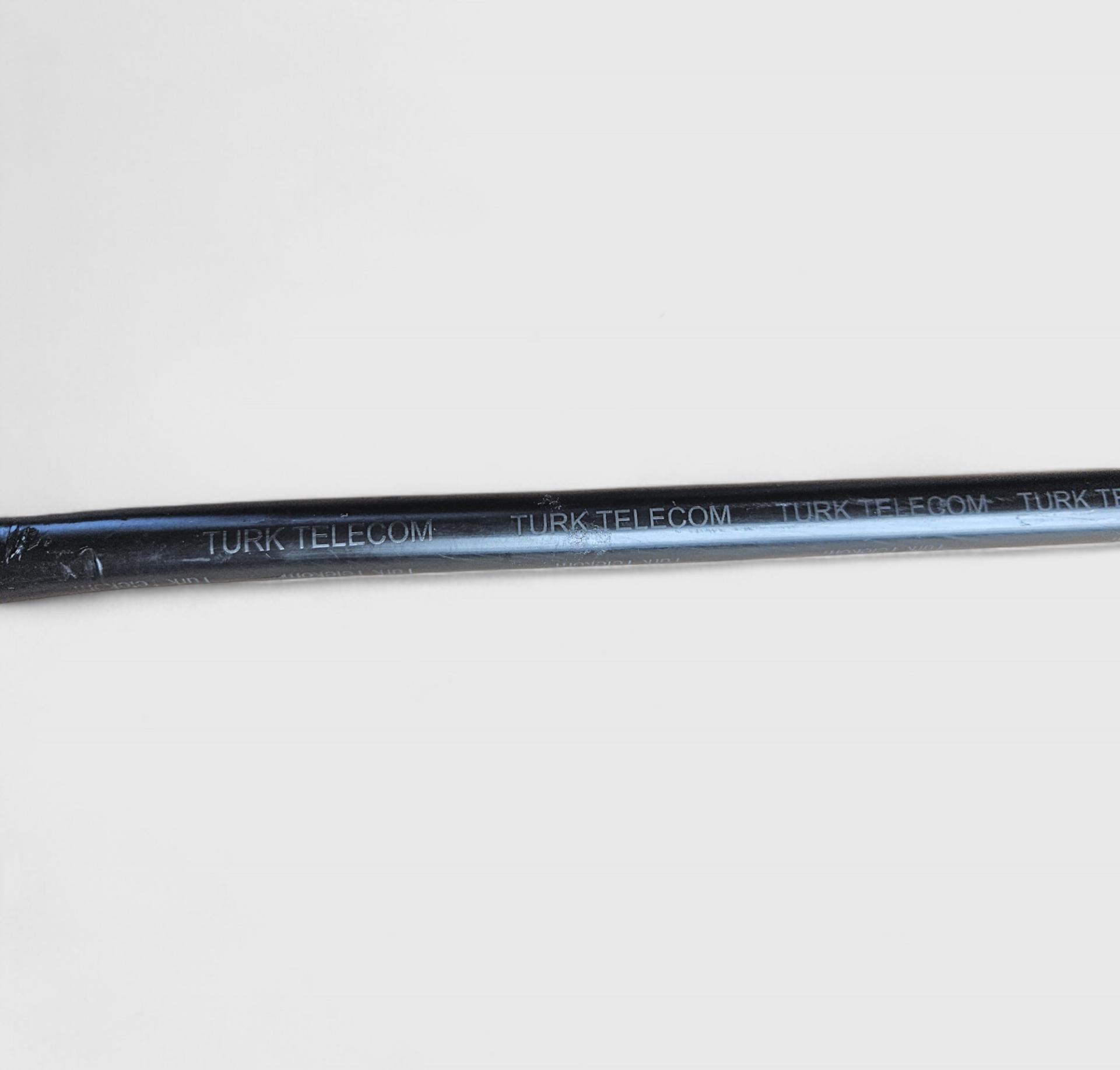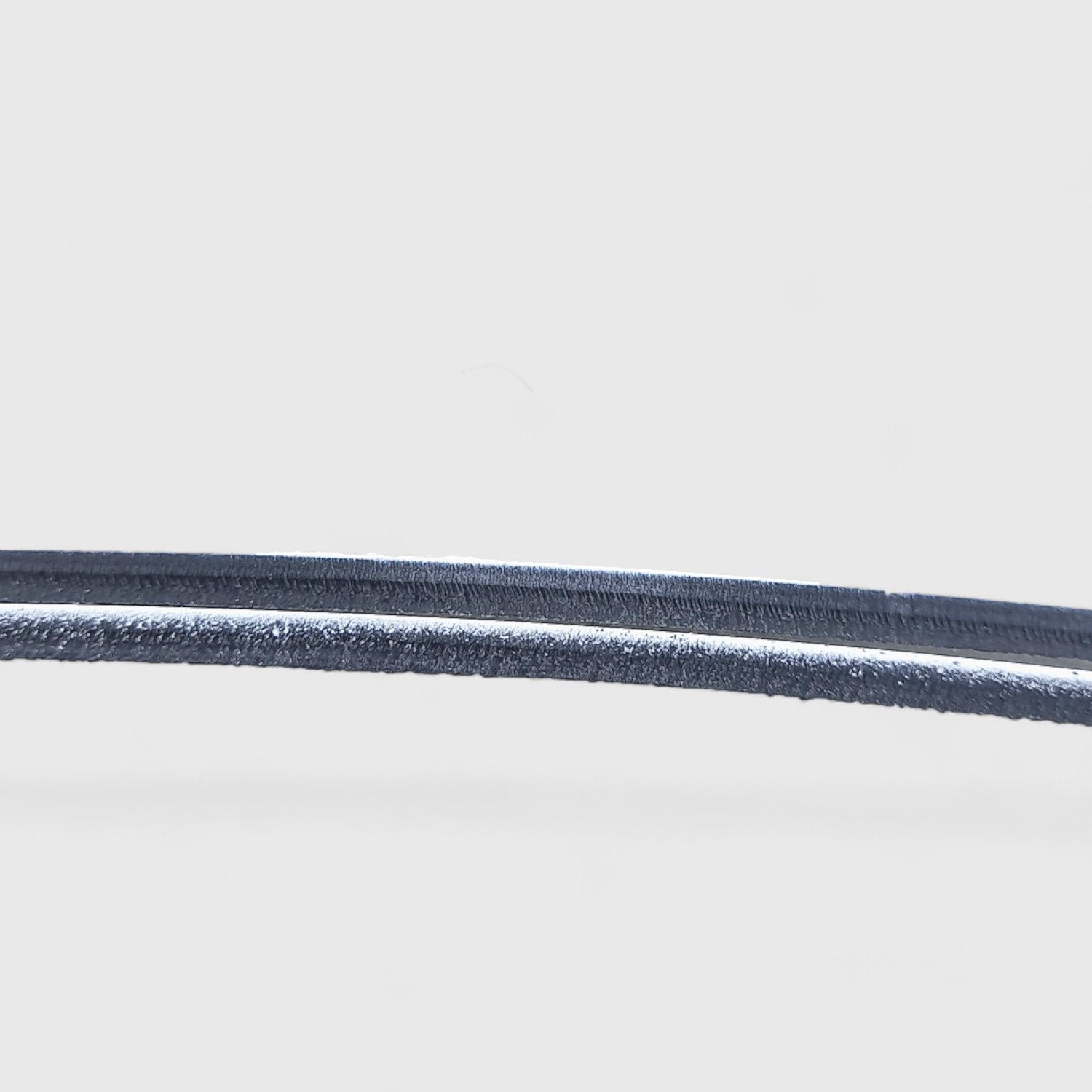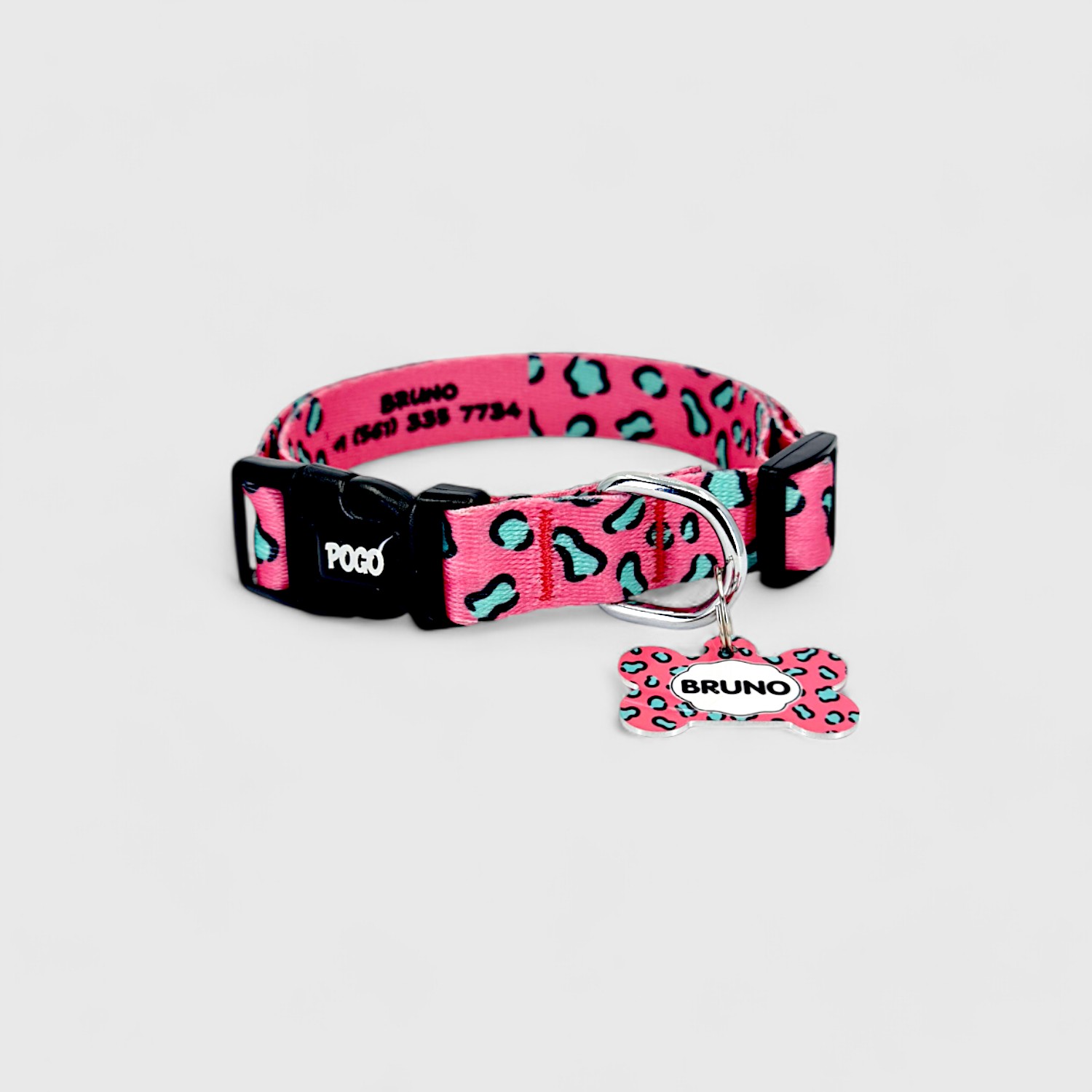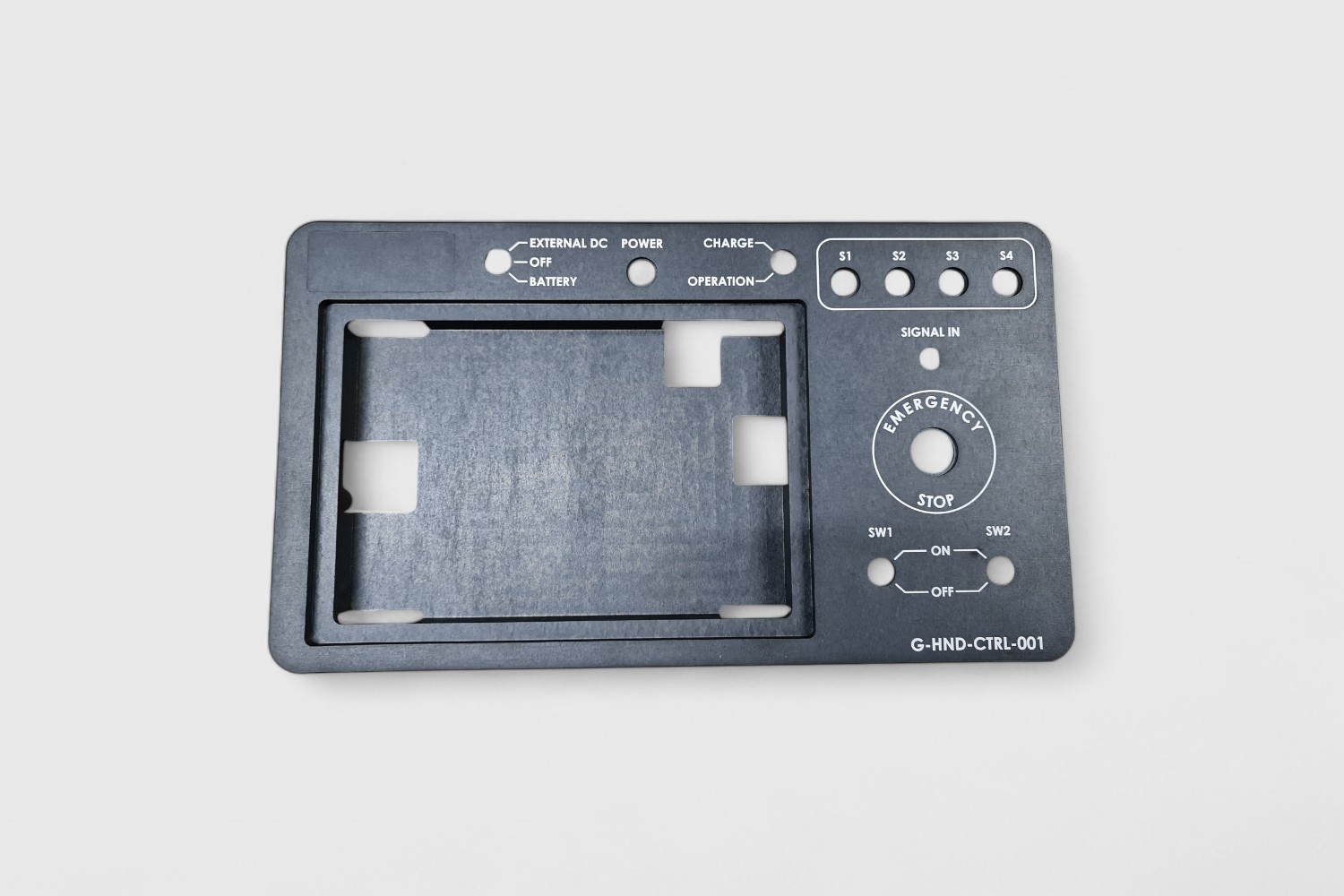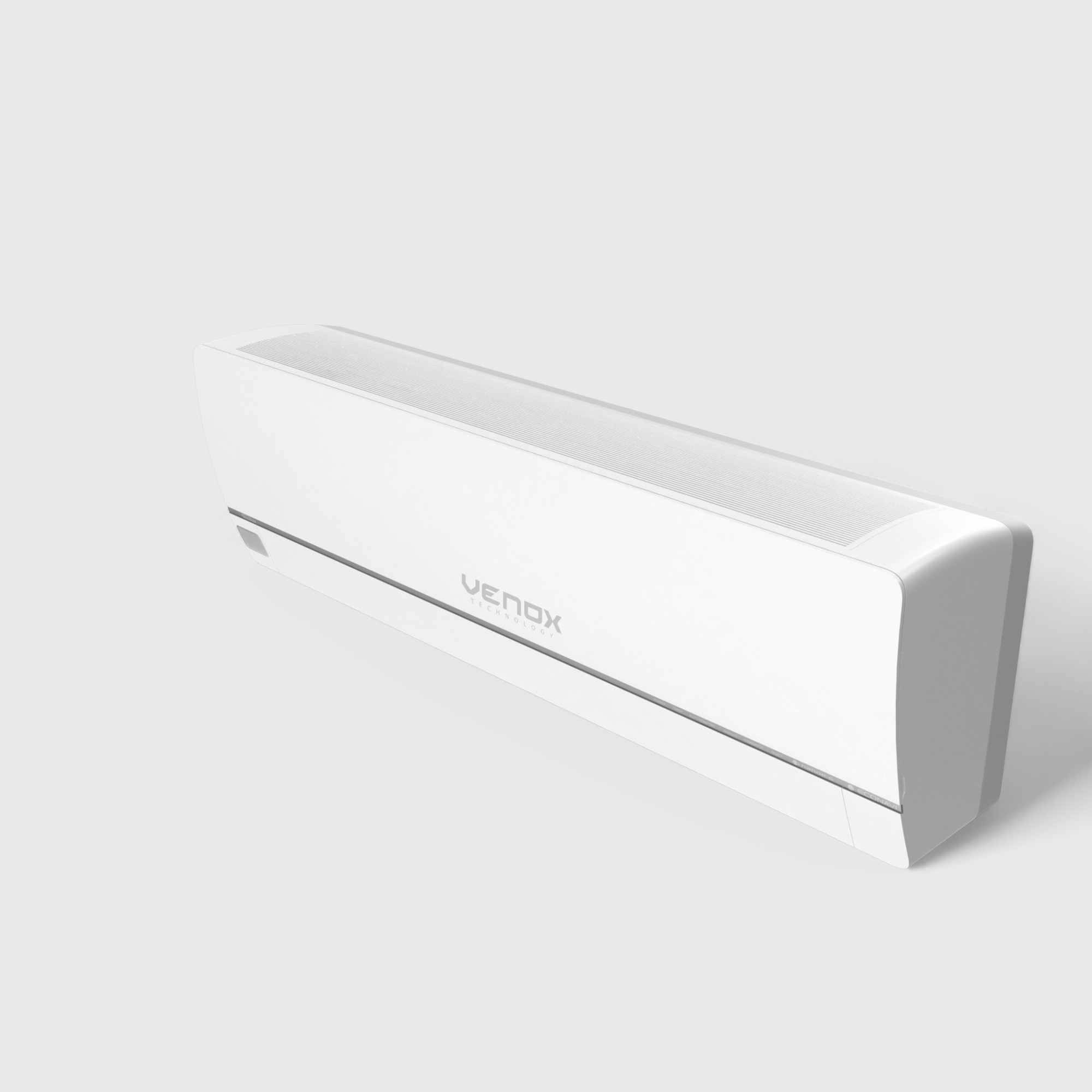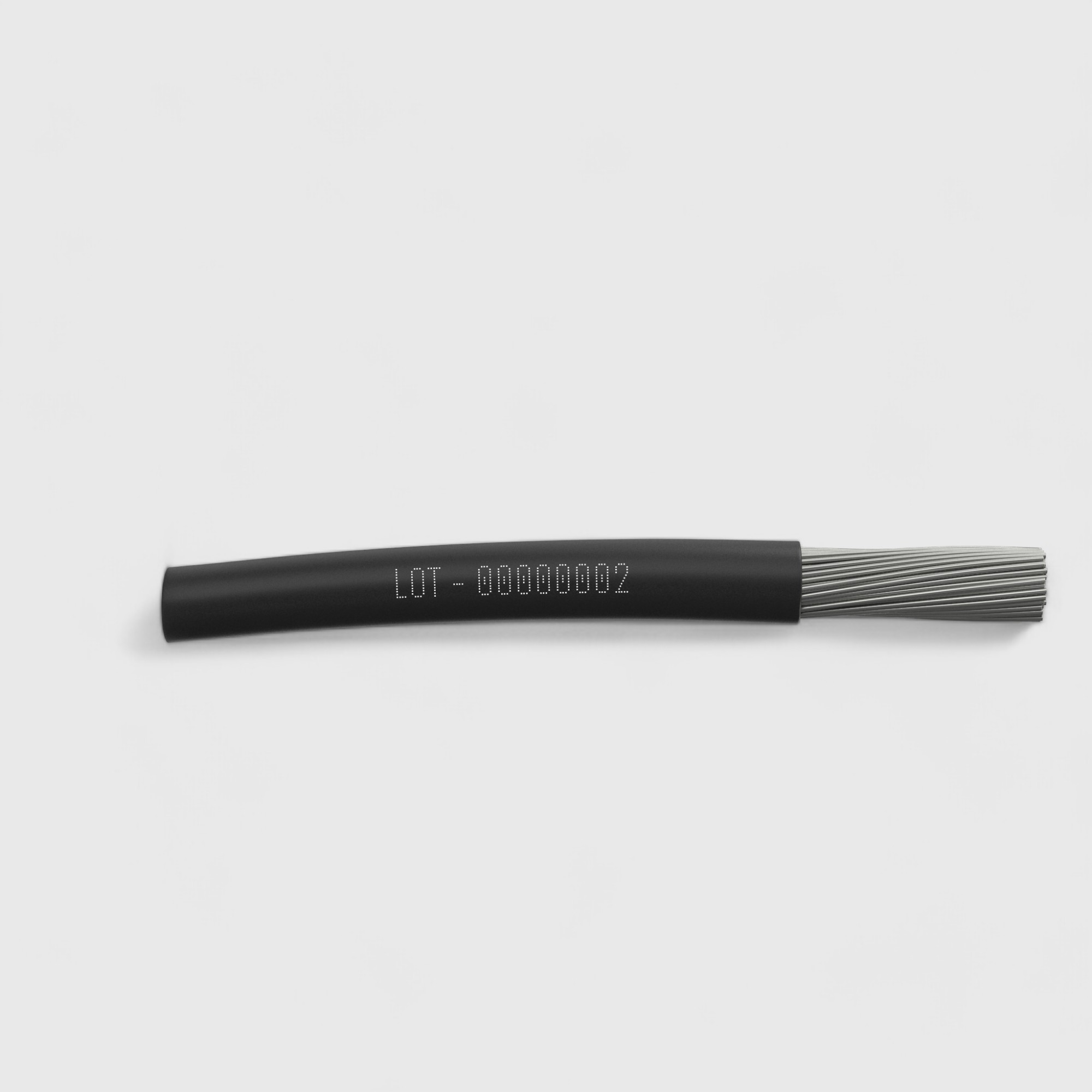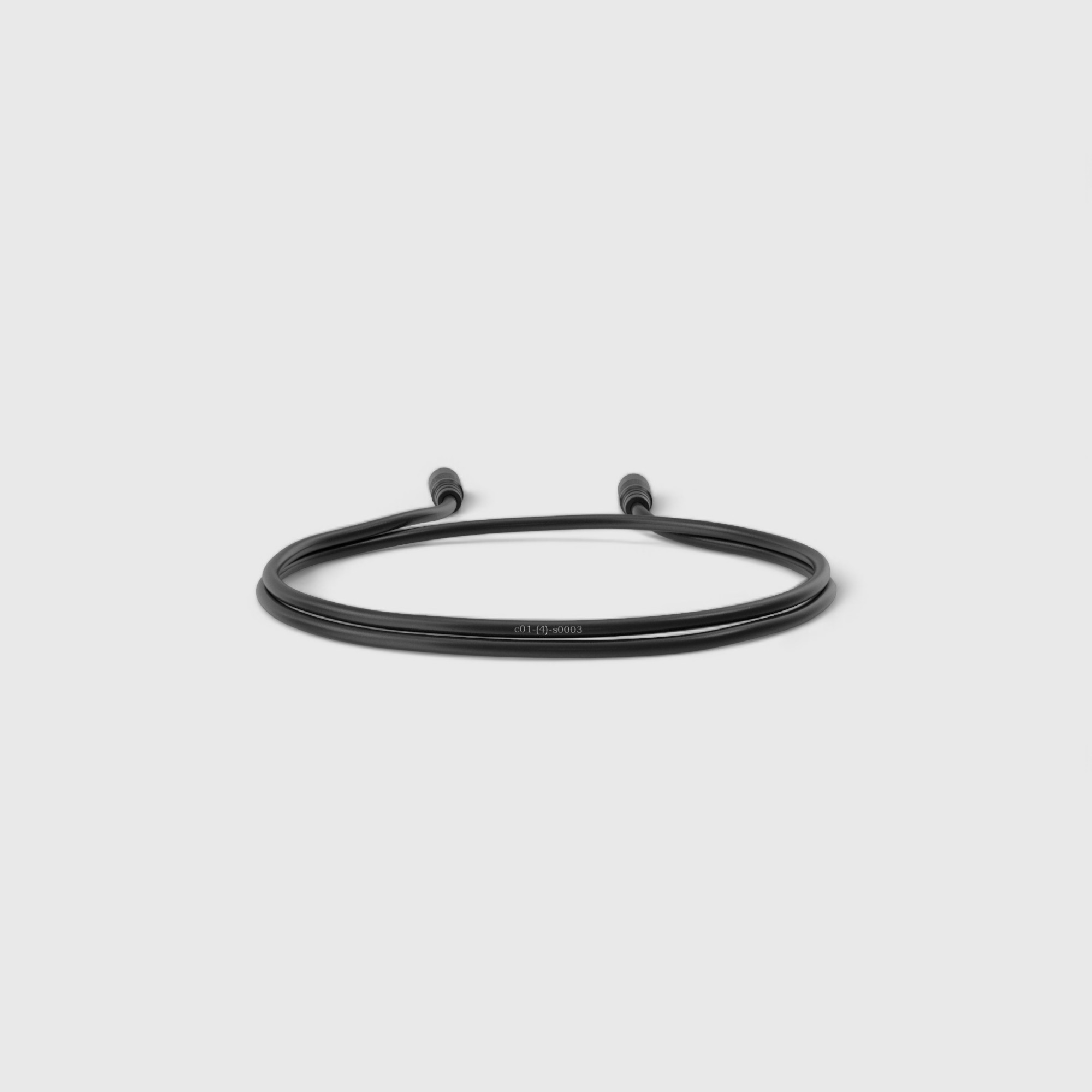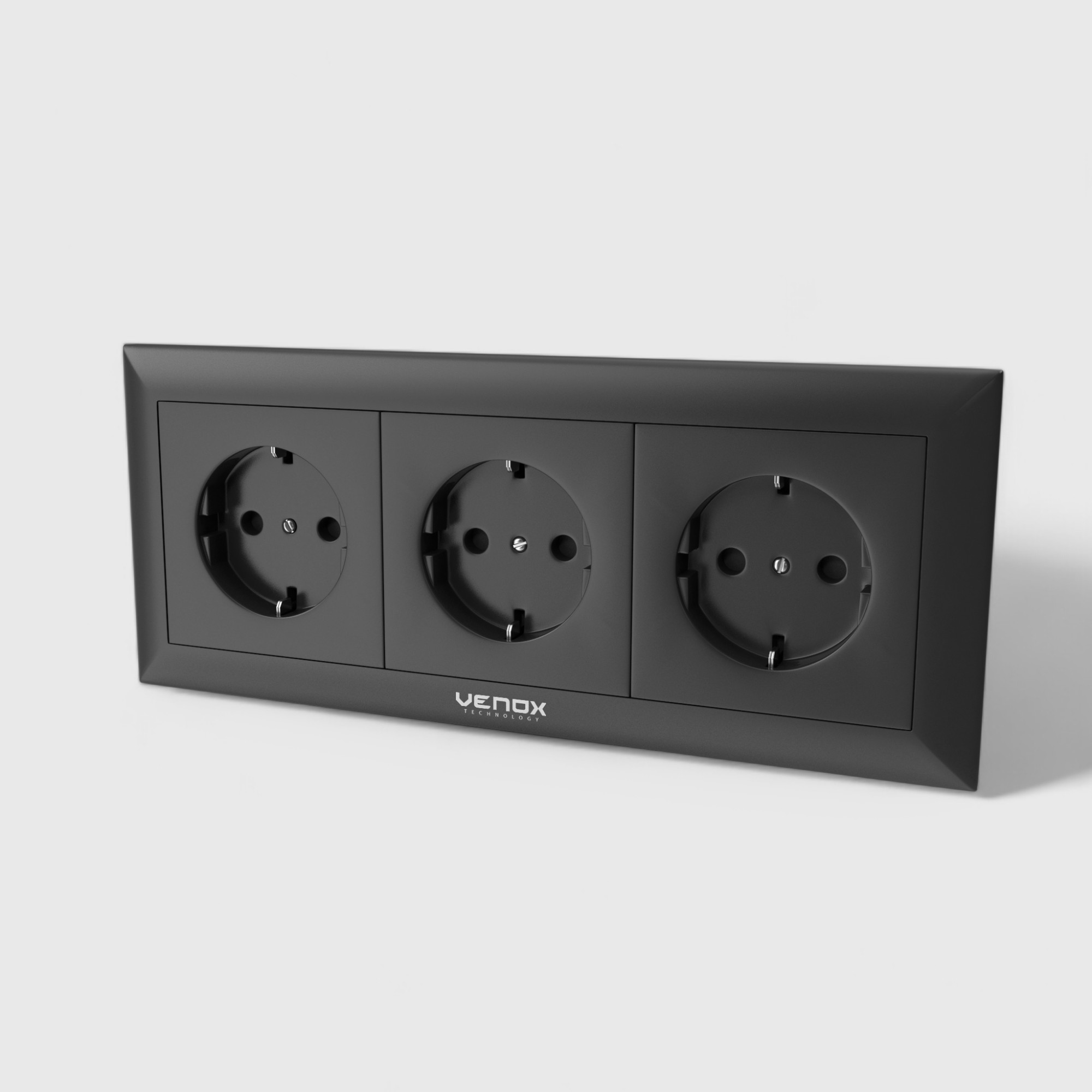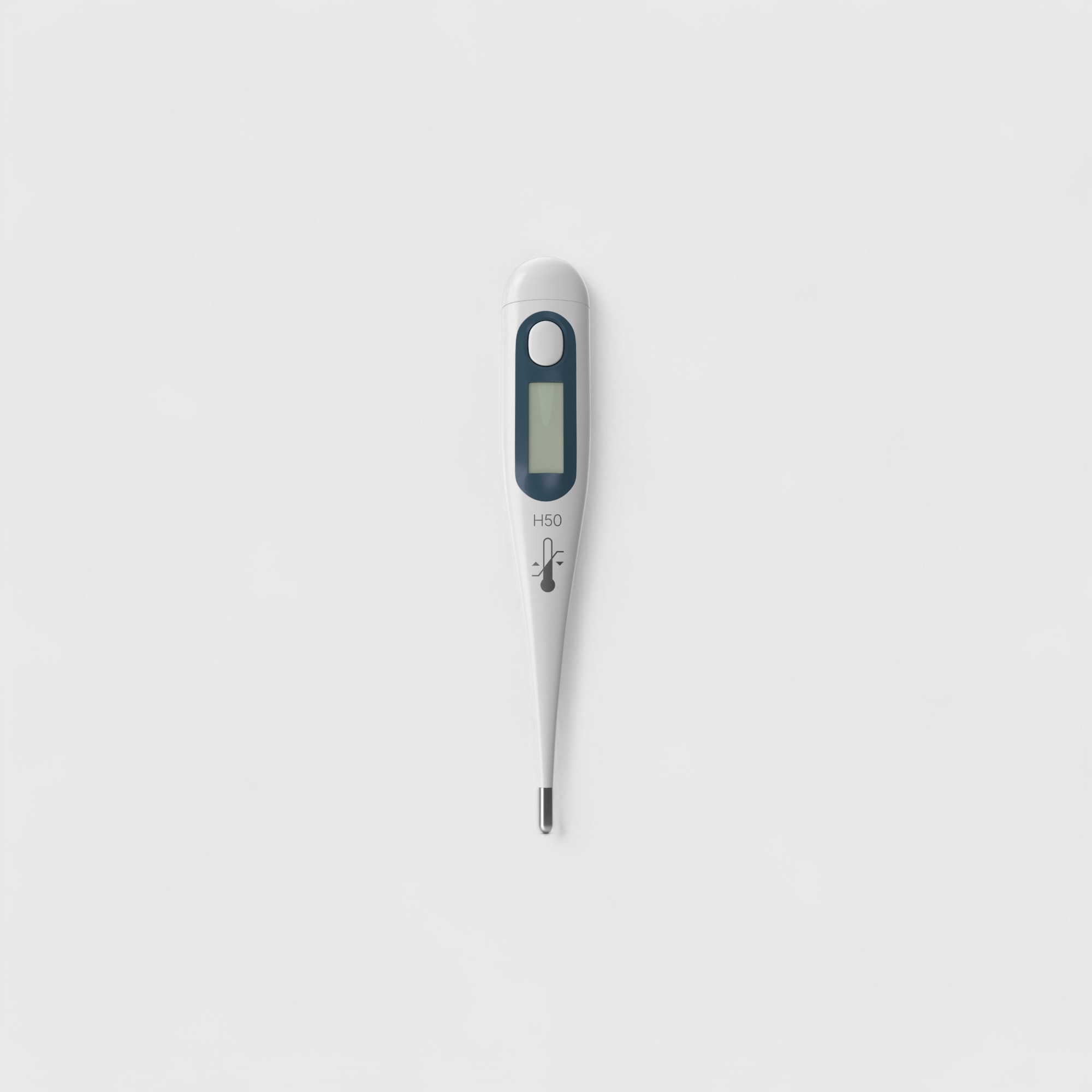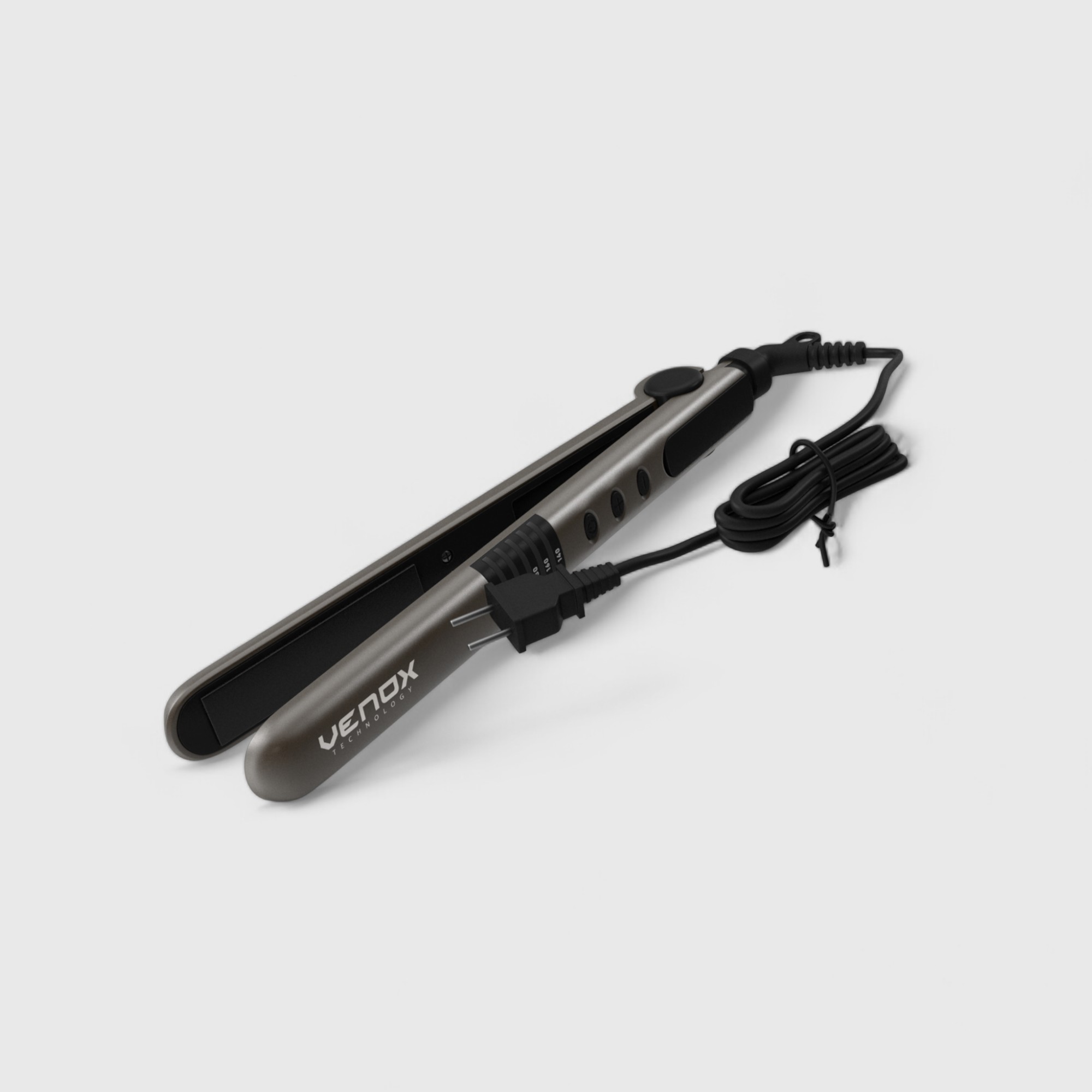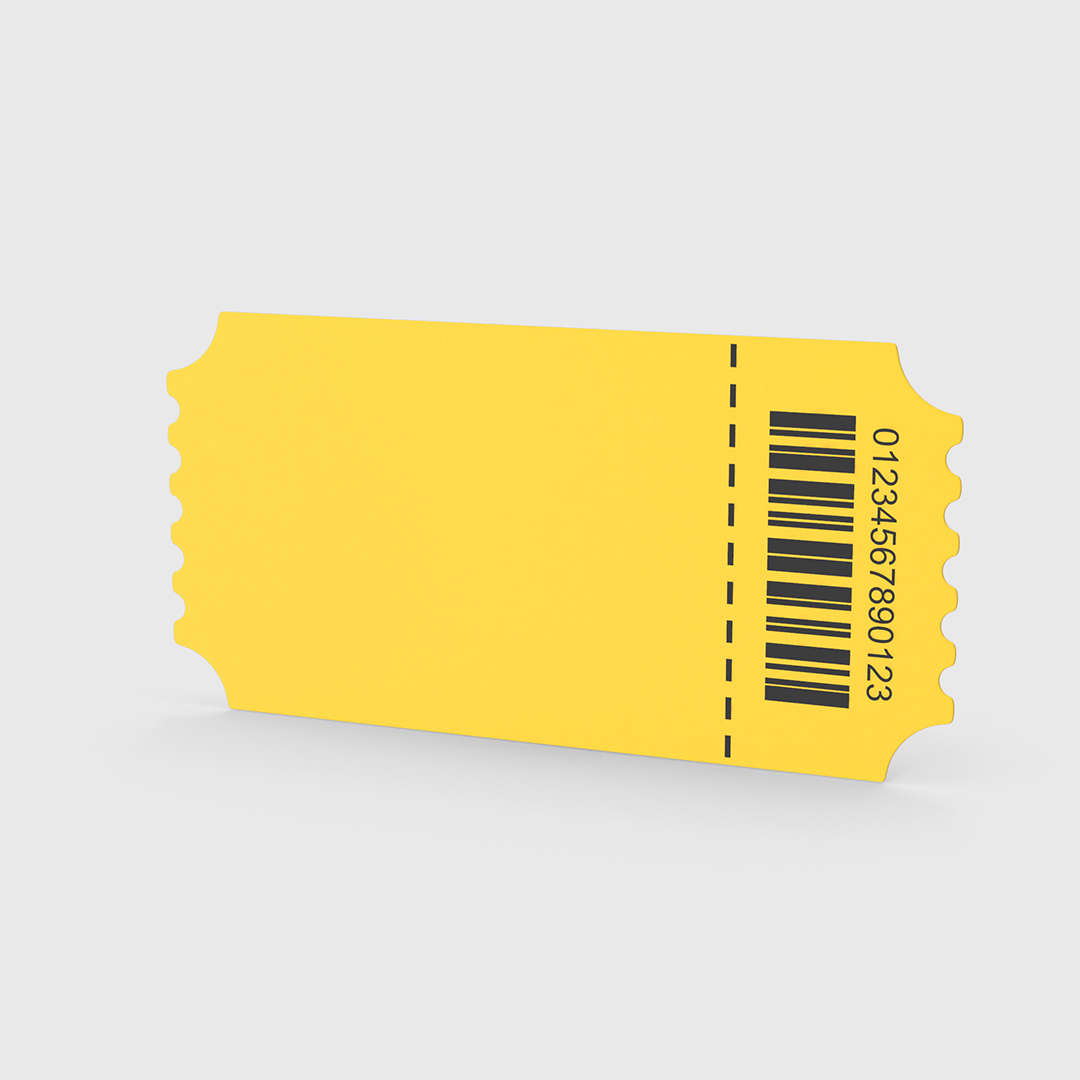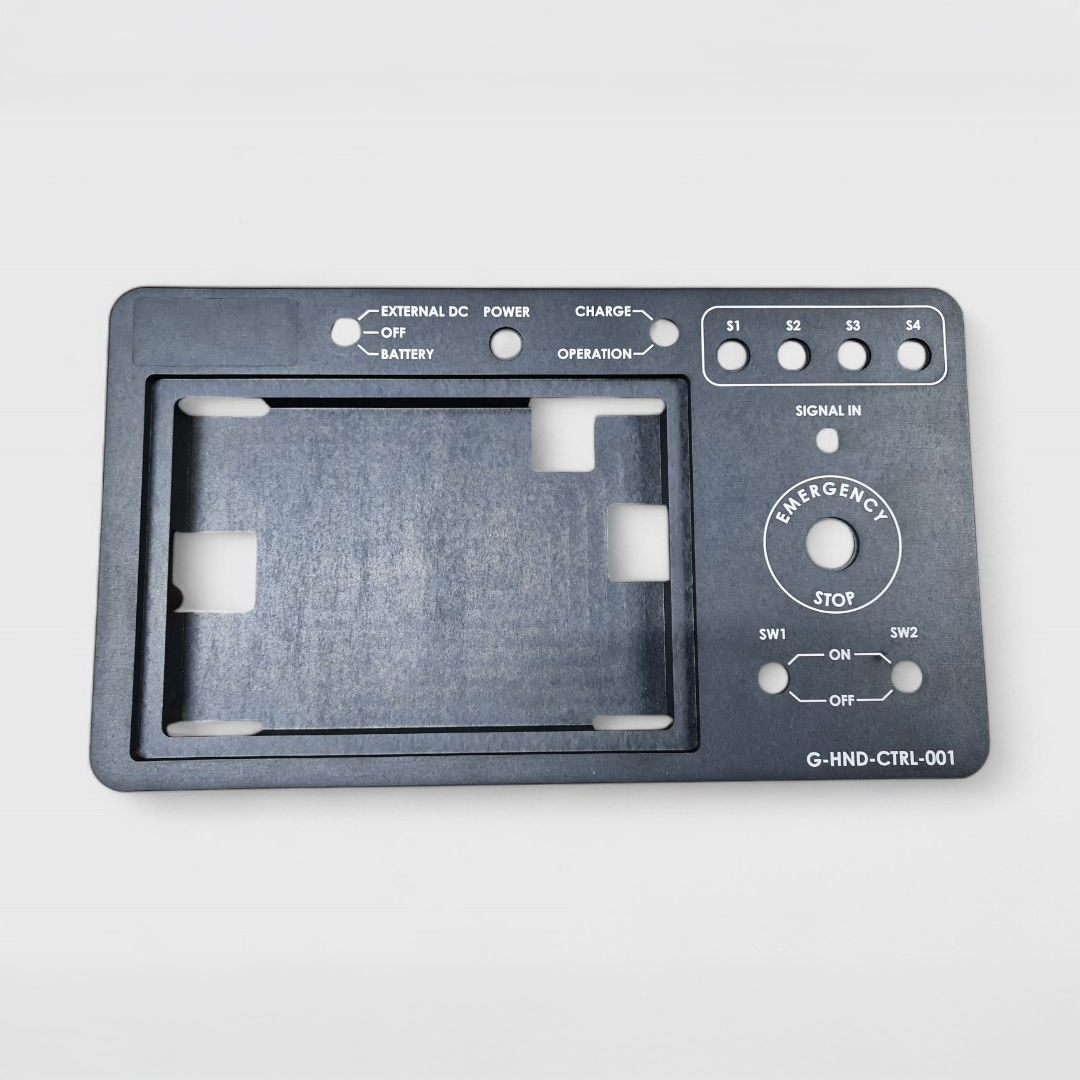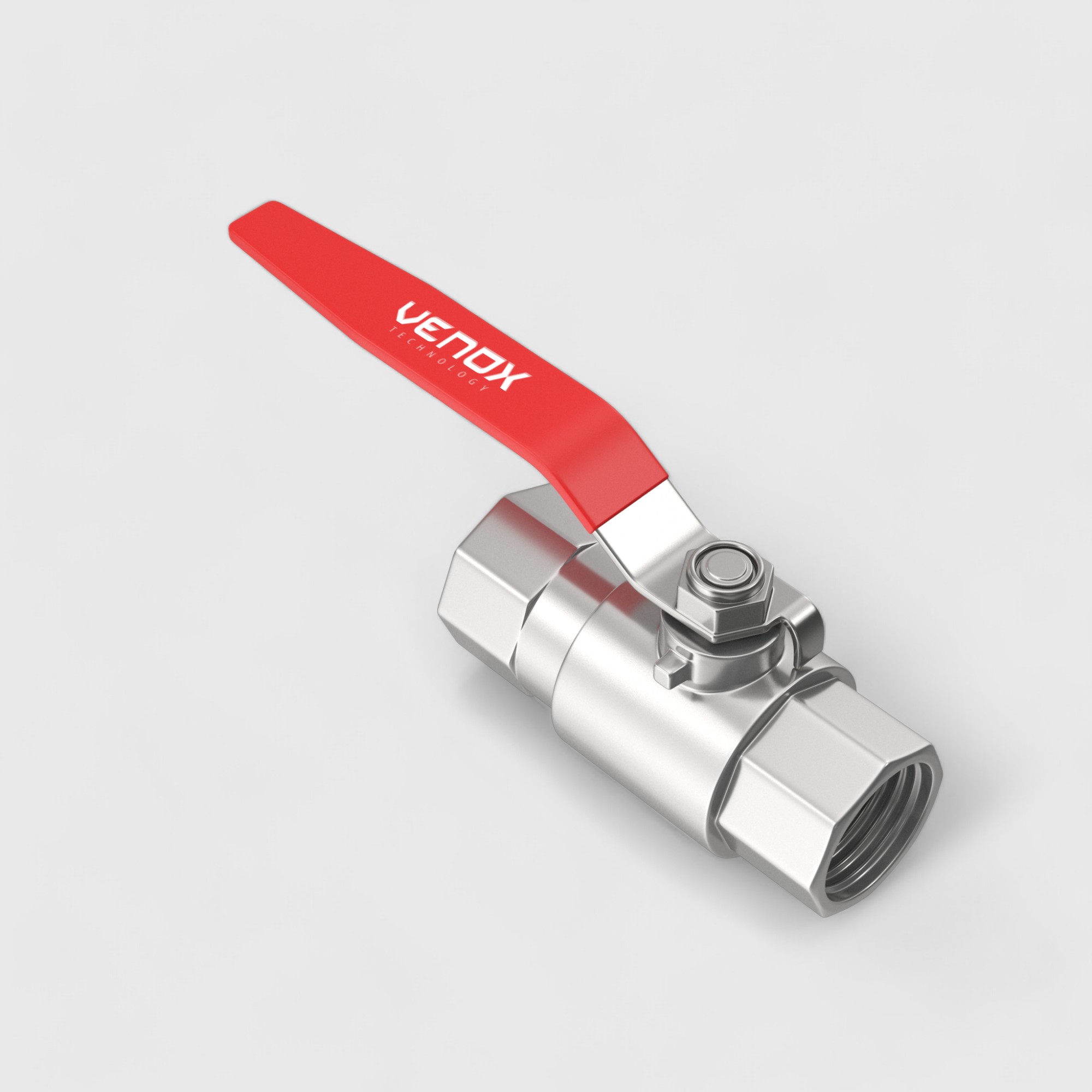Laser Technology for Plastic Materials
Laser technology is one of the most effective methods for performing precise marking and cutting on plastic materials. Compared to traditional methods, it offers a contactless, fast, and eco-friendly solution, making it widely preferred in the industry. Especially in the automotive, medical, packaging, electronics, and white goods sectors, laser systems provide significant advantages in processing plastic materials.
Impact of Laser Marking on Plastic Materials
Laser marking creates high-contrast, clear, and wear-resistant markings on plastic surfaces. Fiber, CO₂, and UV lasers are used depending on the type of plastic. Laser marking ensures clean and permanent markings without the need for inks or chemicals. This increases environmental sensitivity in the production process and provides an economic solution by reducing costs in the long run.
Impact of Laser Cutting on Plastic Materials
Laser cutting technology is used to cut plastic sheets, films, and thick plastic blocks with high precision. Compared to traditional mechanical cutting methods, it offers several advantages:
- High Cutting Quality: Laser cutting creates smooth, burr-free edges, eliminating the need for additional finishing processes.
- Complex and Precise Cuts: Detailed patterns, fine text, and small geometric shapes can be cut with high precision using lasers.
- Contactless Process: Since there is no physical pressure applied to the material, the risk of breaking, cracking, or deformation is eliminated.
- Flexibility: Laser cutting works efficiently with a wide variety of plastic materials, including plexiglass, acrylic, polycarbonate, polypropylene, and PVC.
Applications of Laser Cutting in Industry
In particular, laser cutting machines are widely used in the advertising and signage sectors for the rapid production of complex designs. Additionally, laser cutting is commonly used in the automotive and medical industries for manufacturing precise components.

